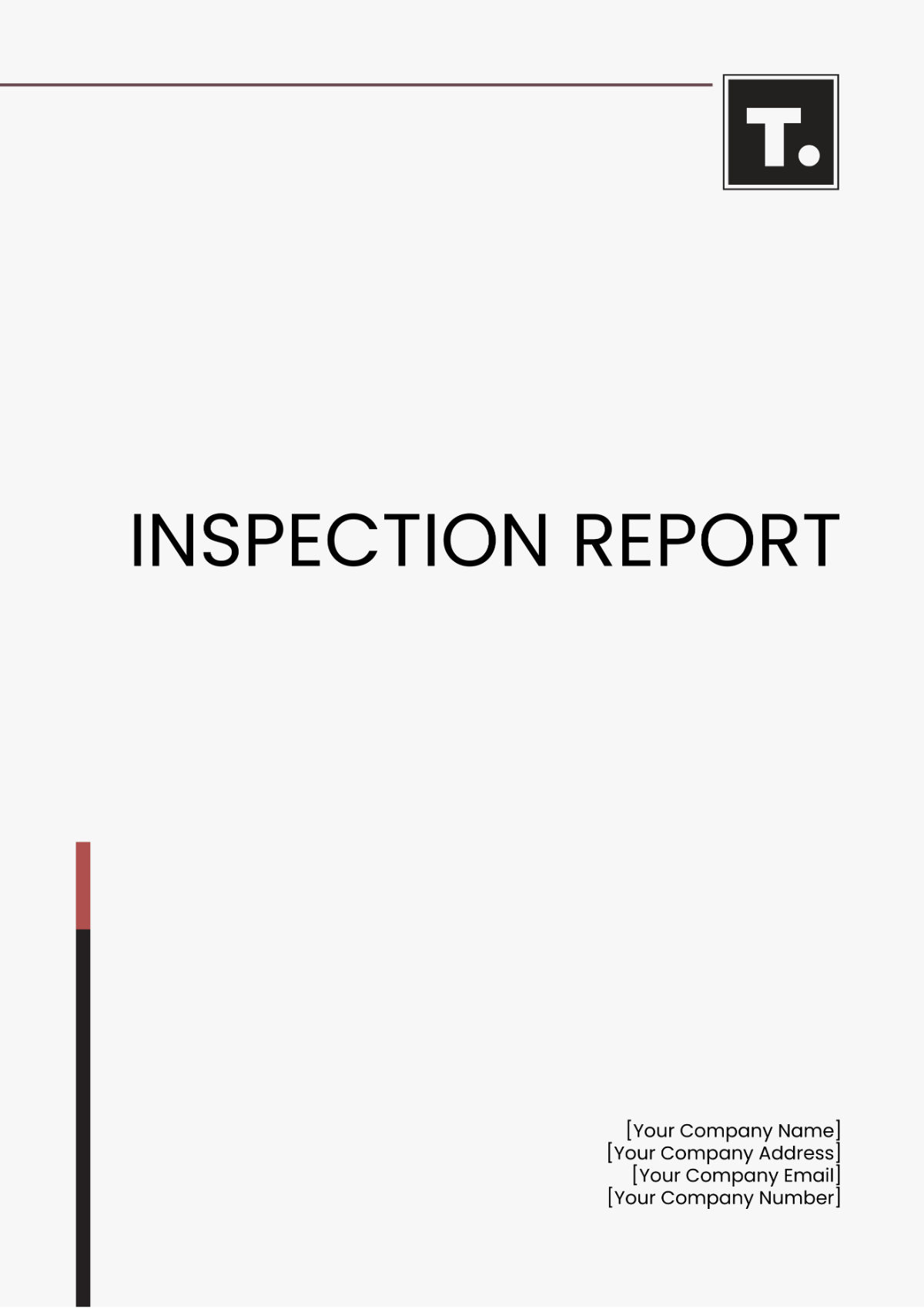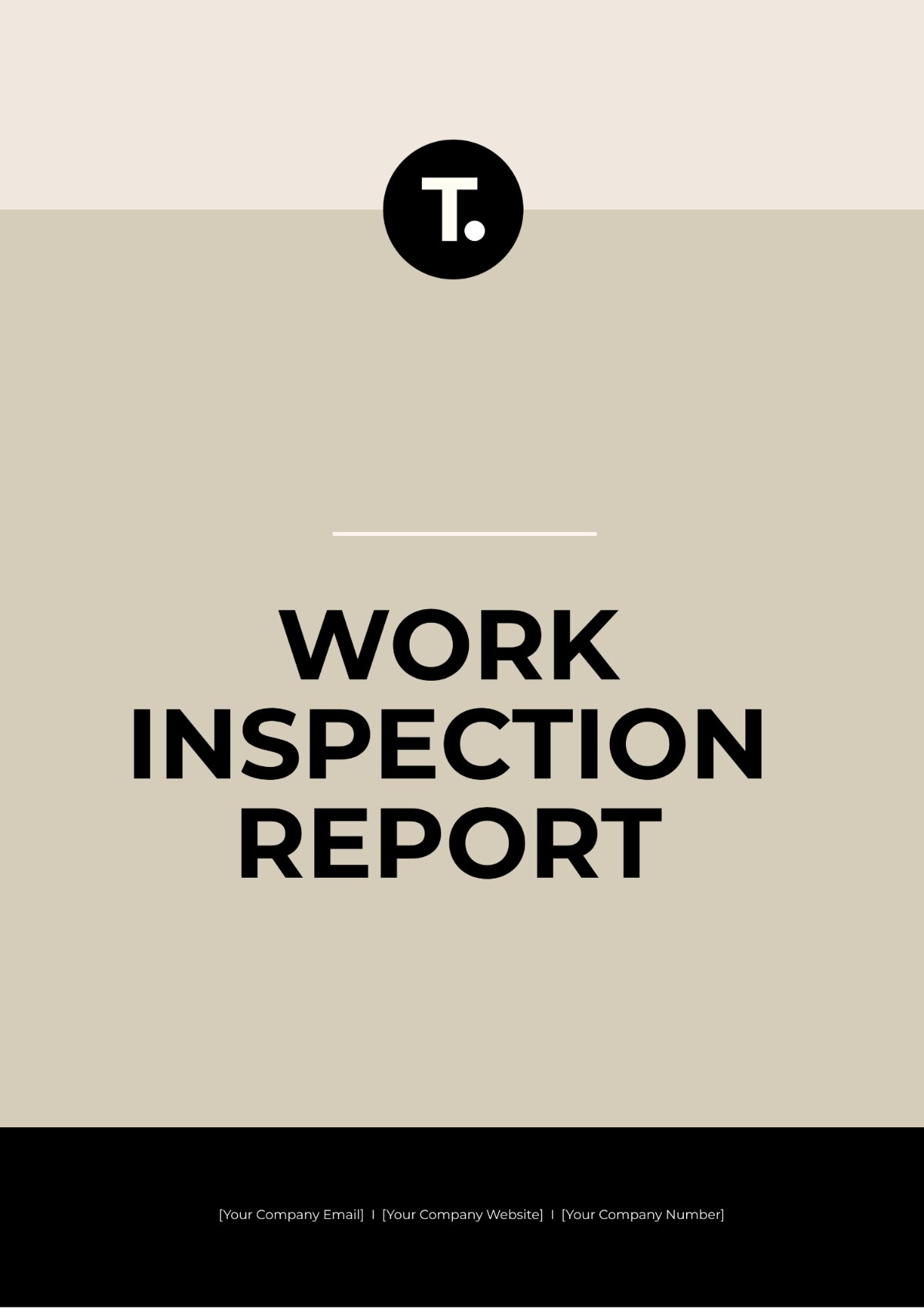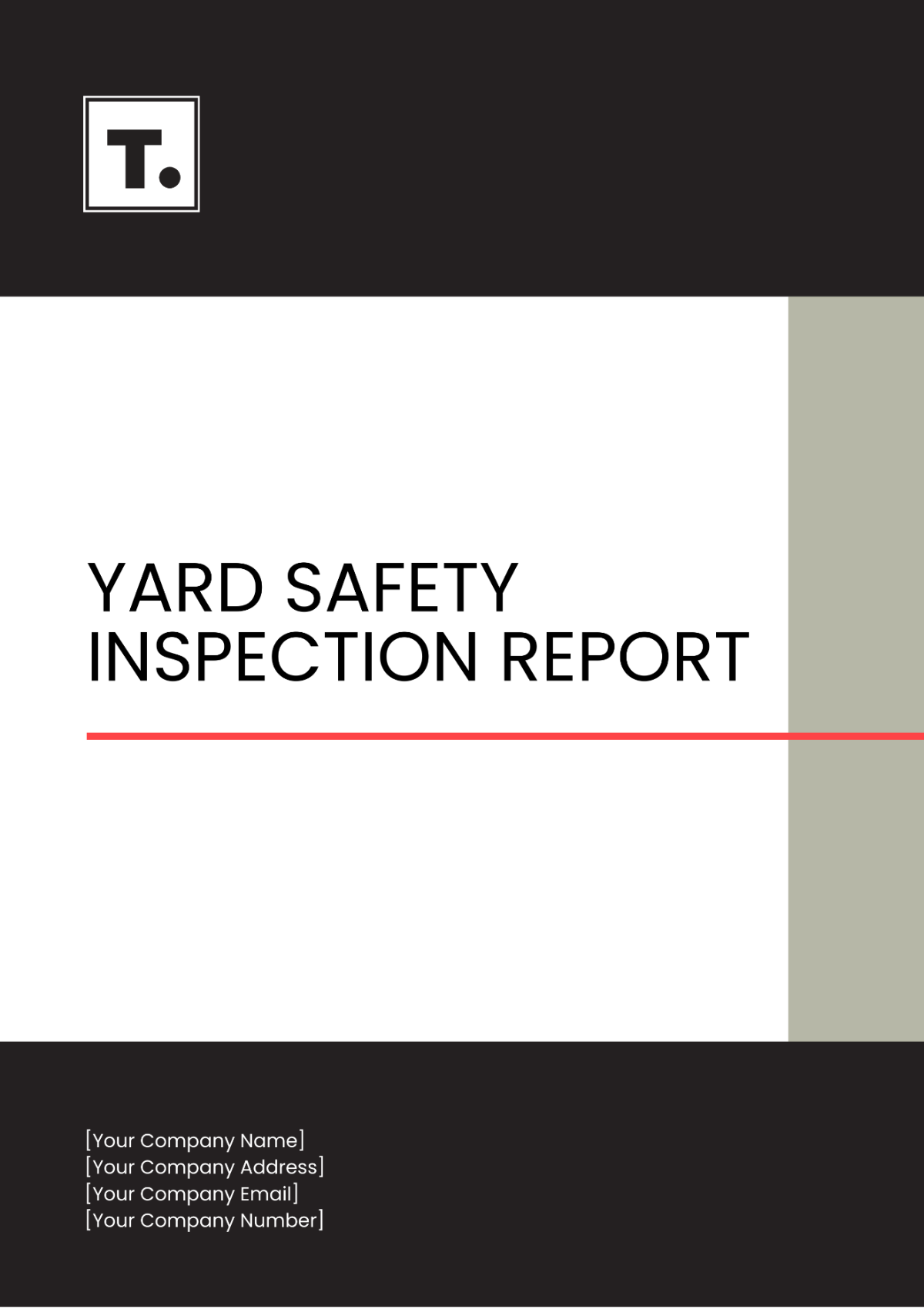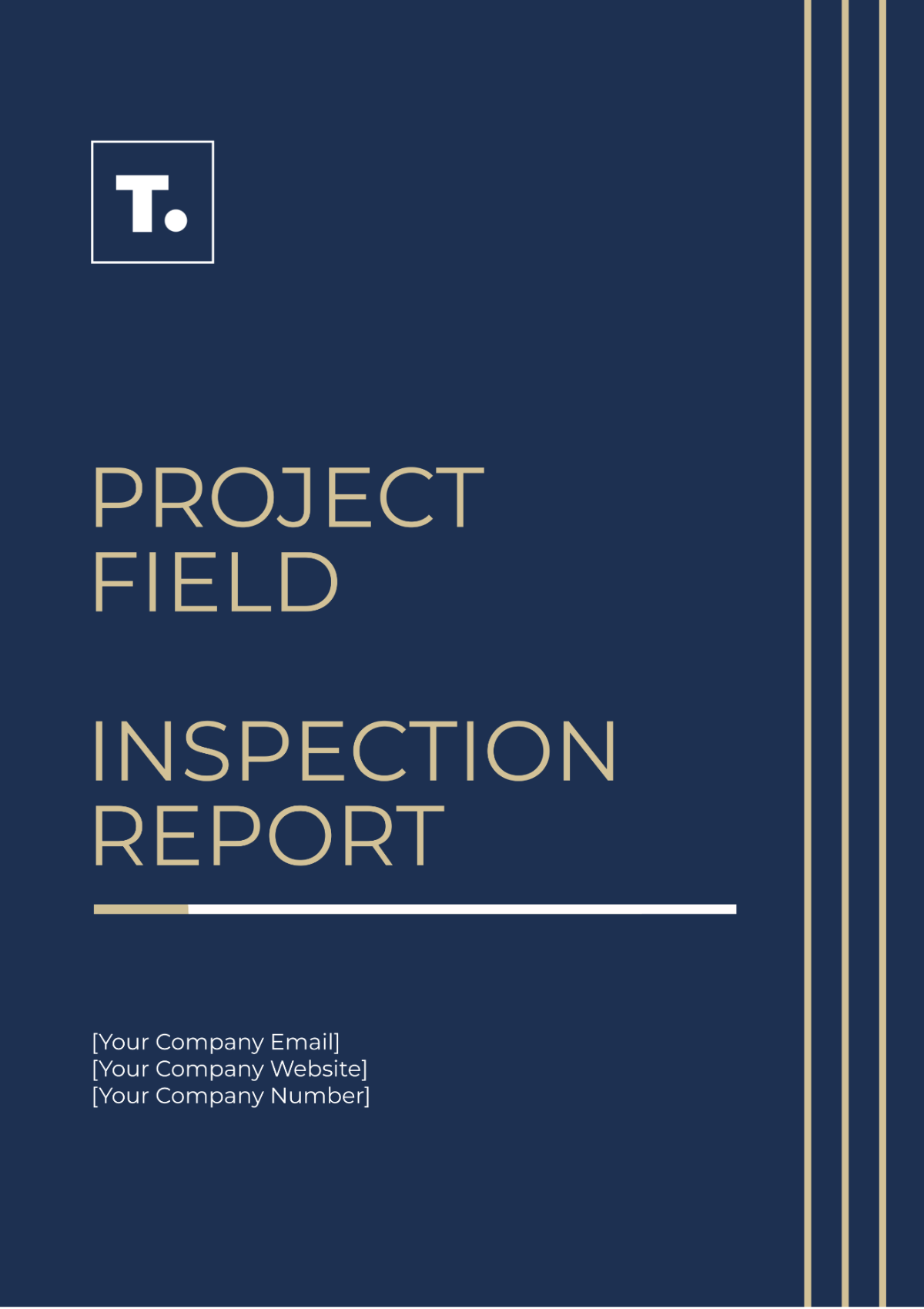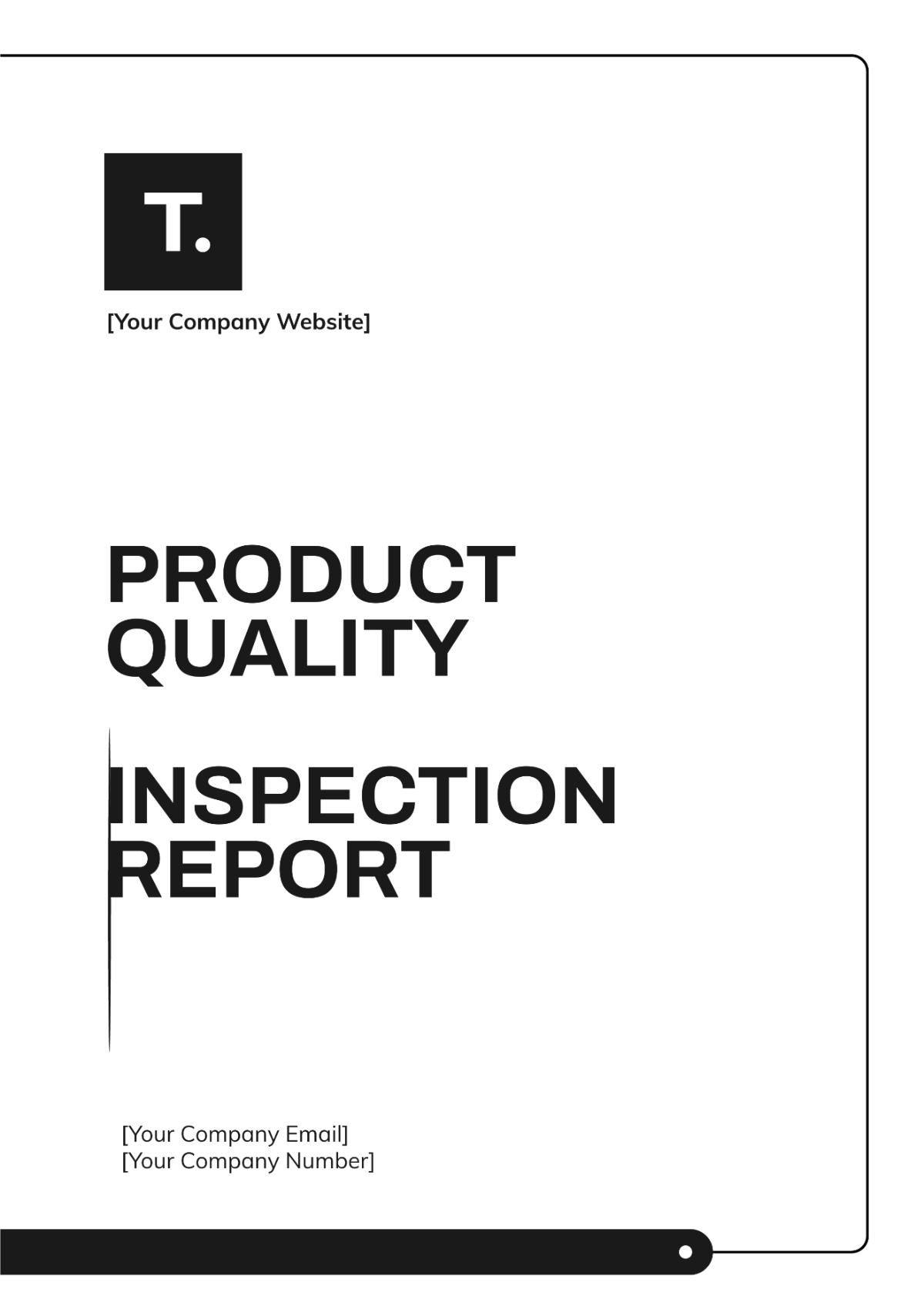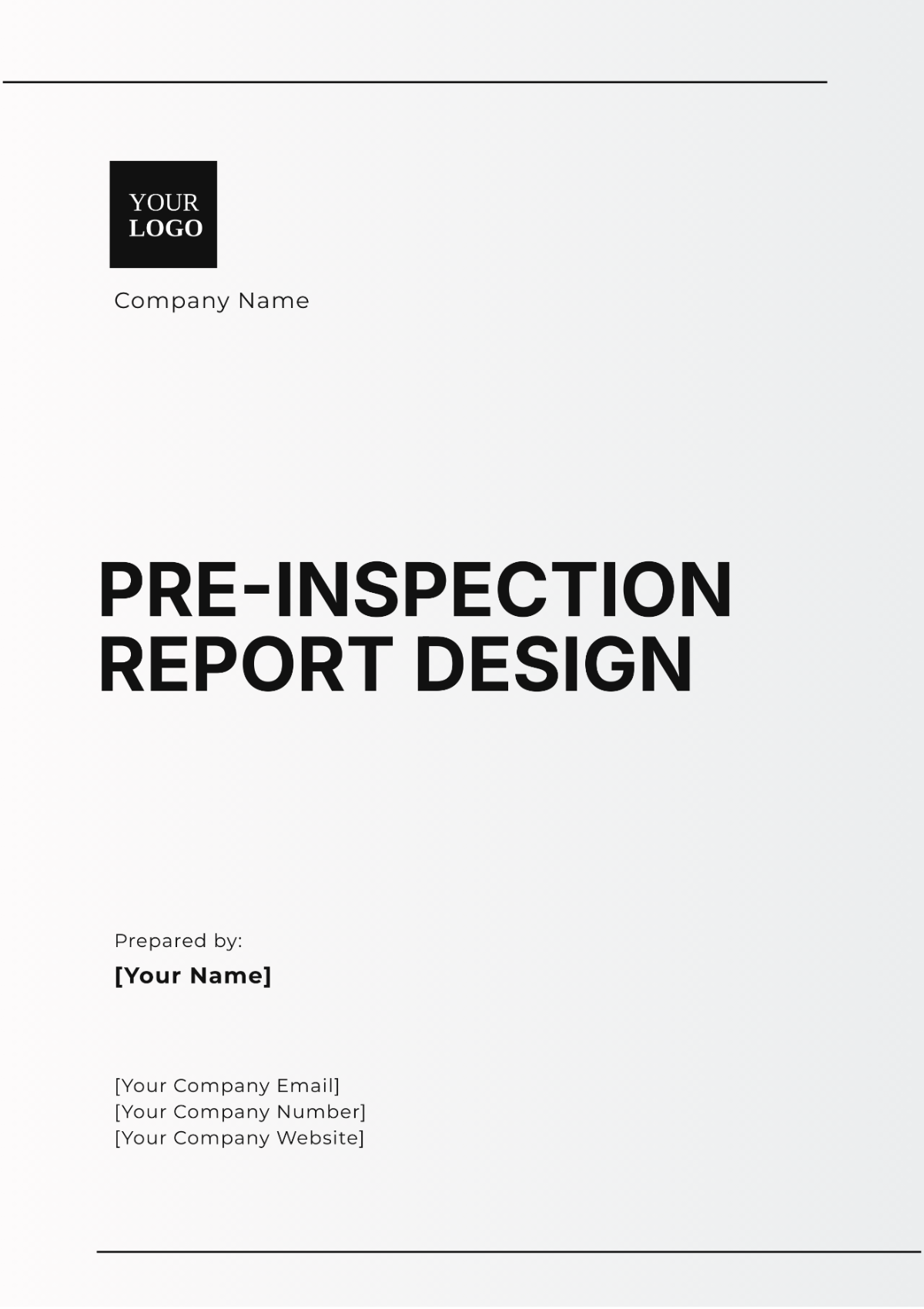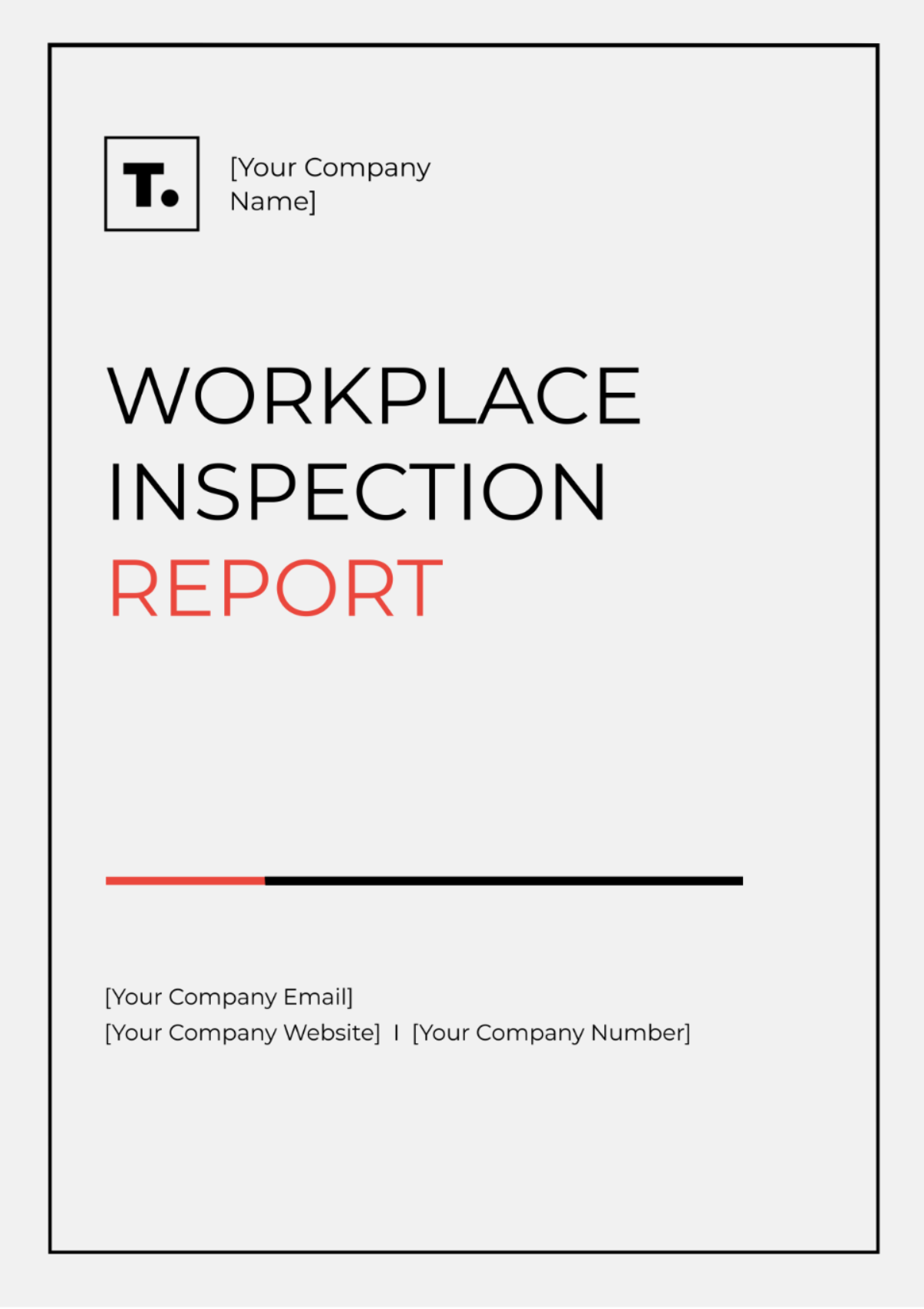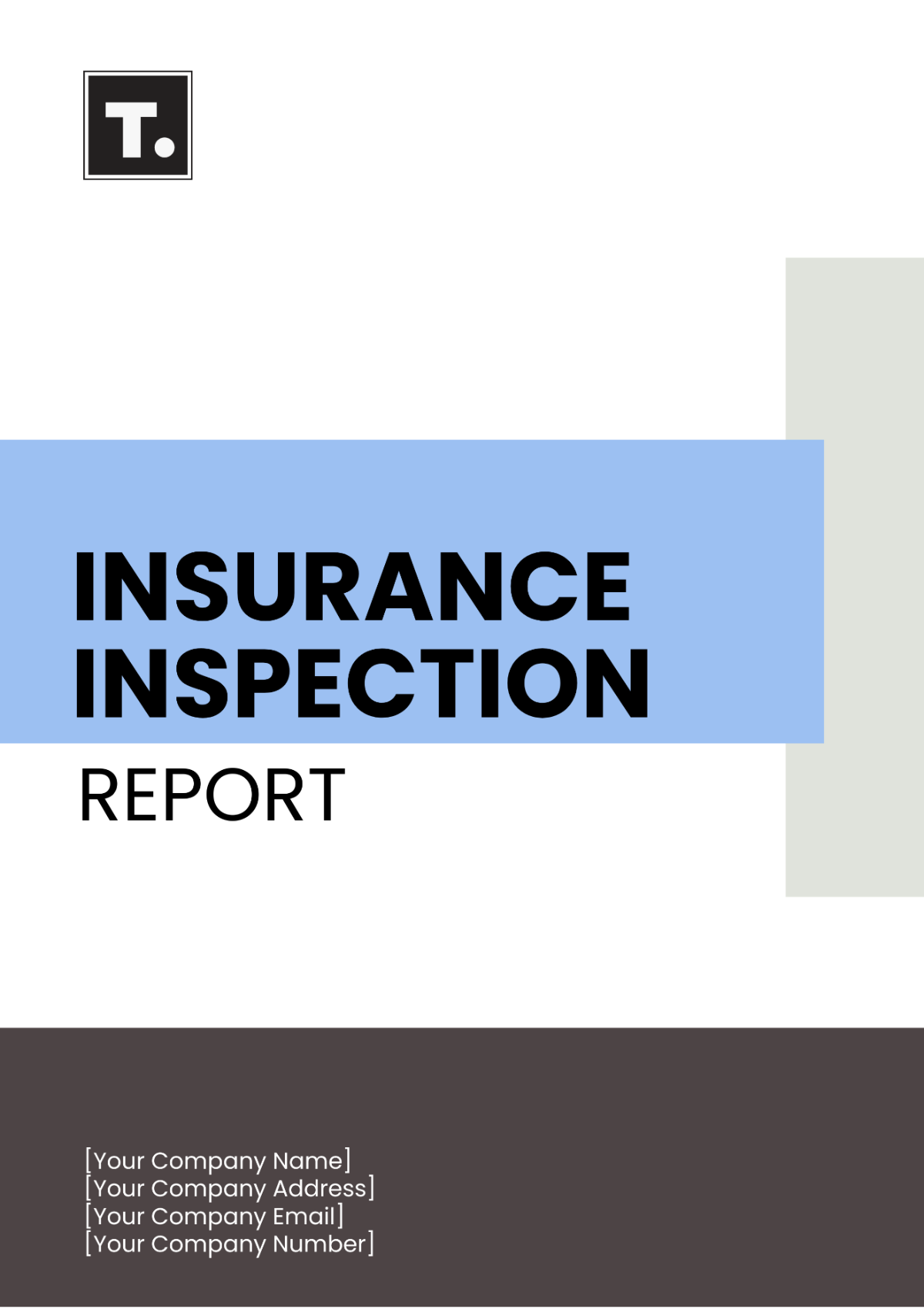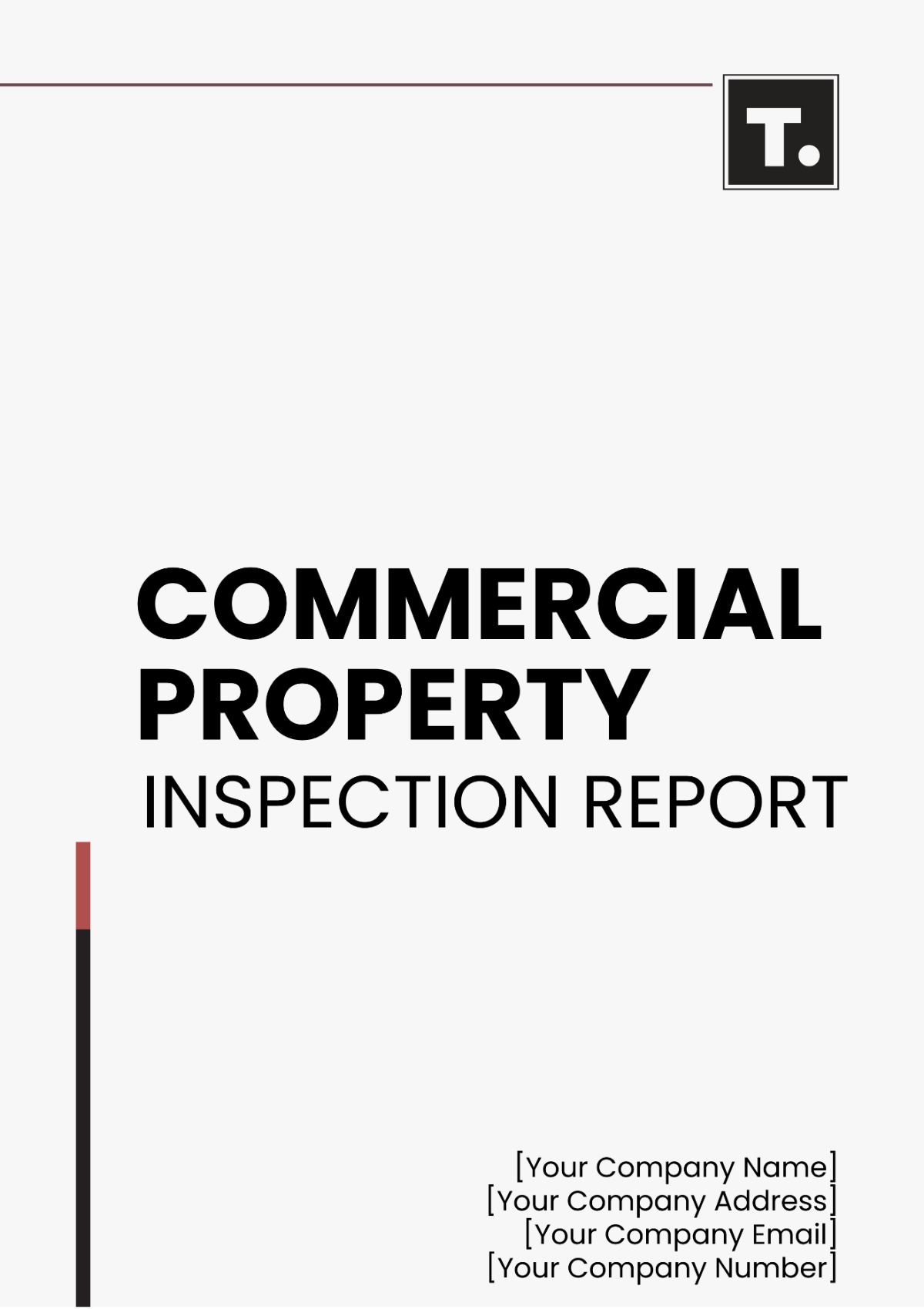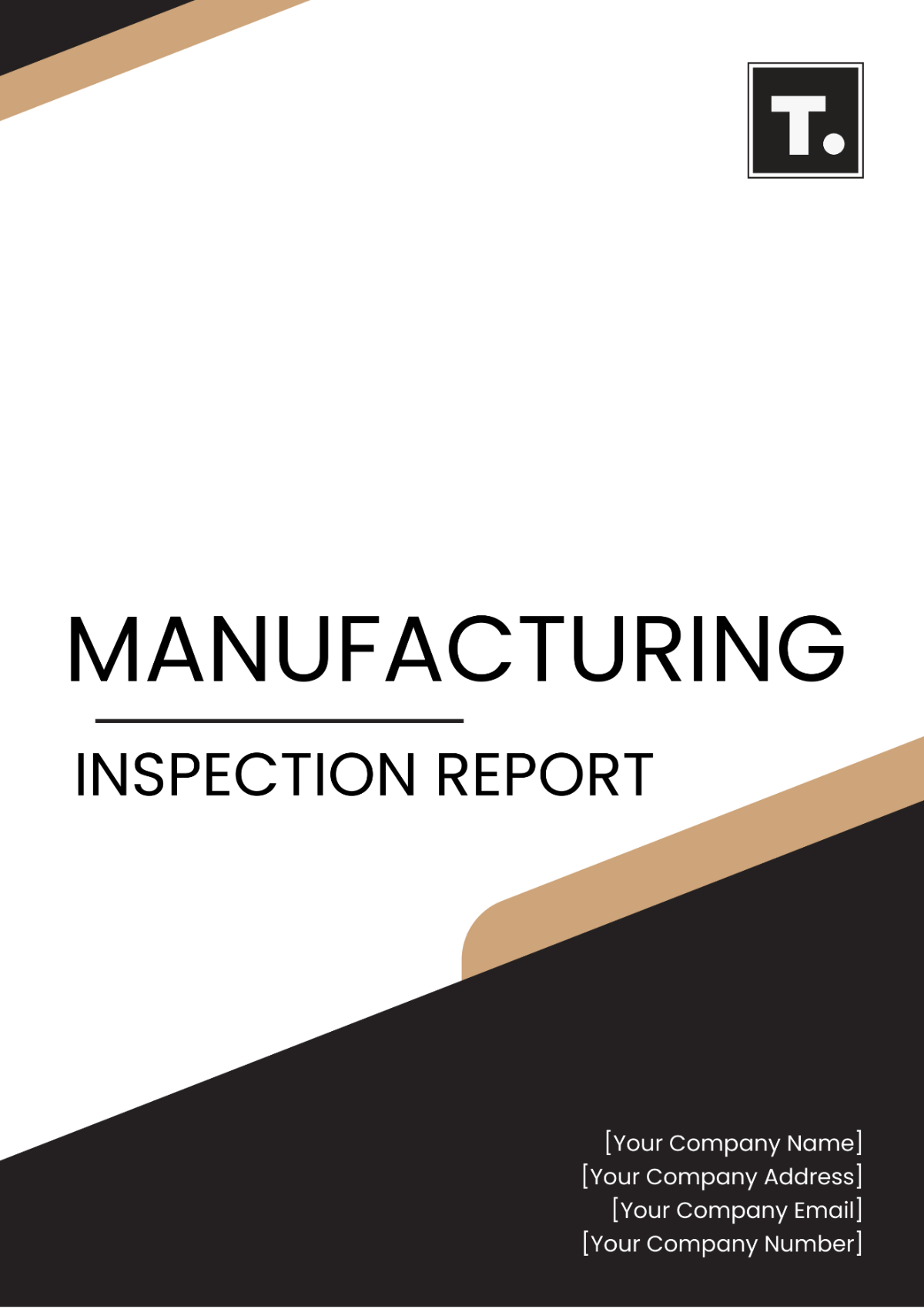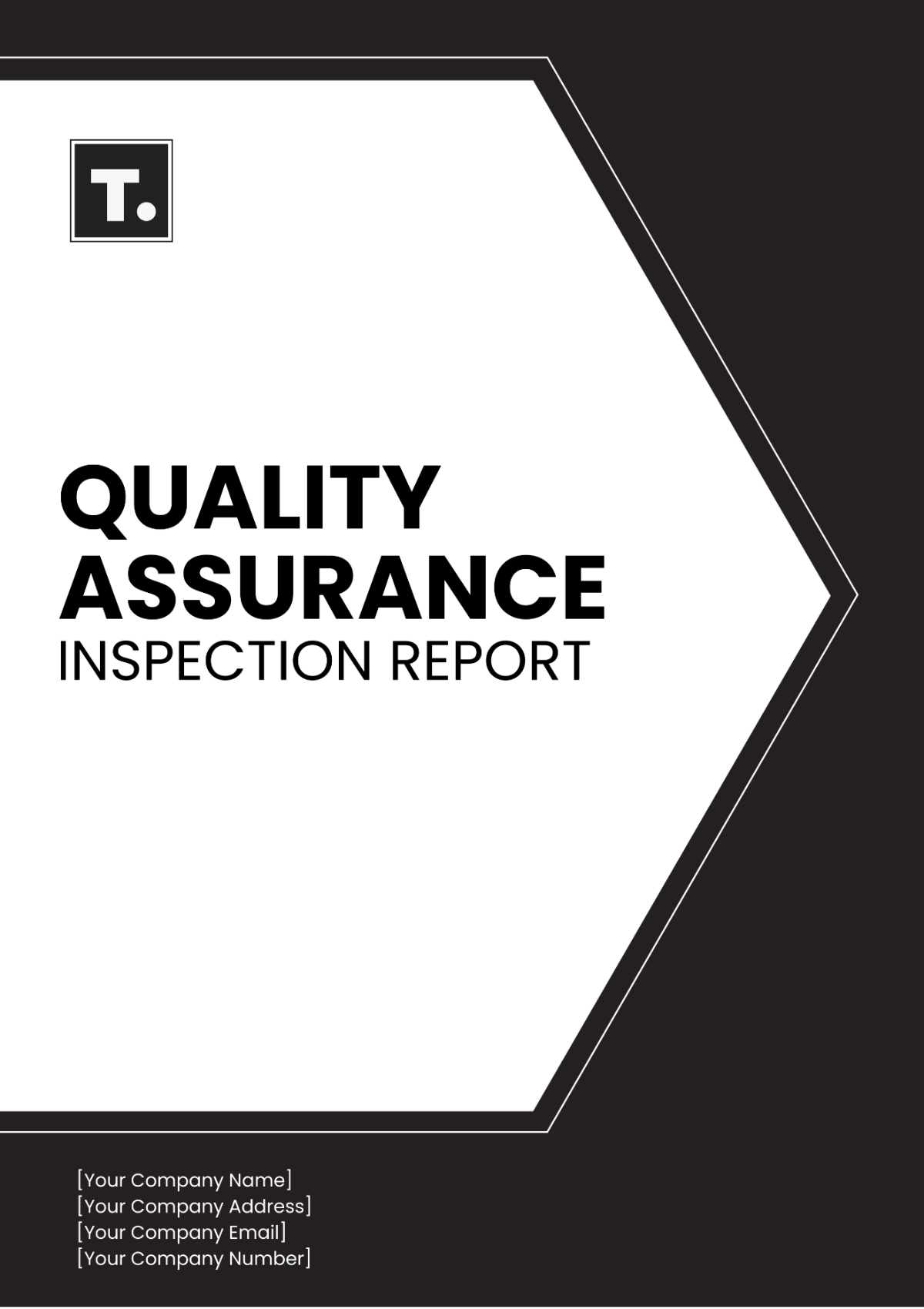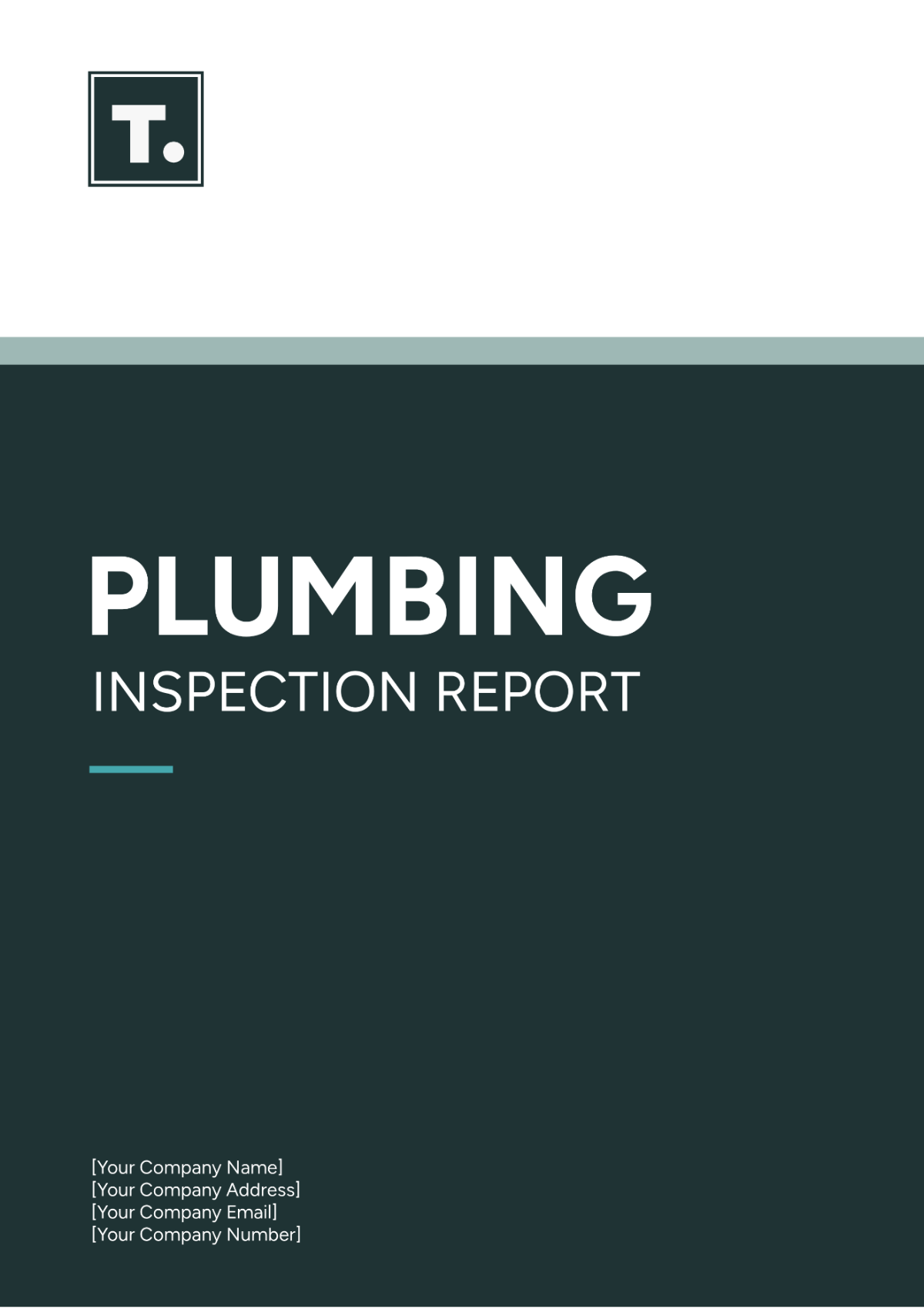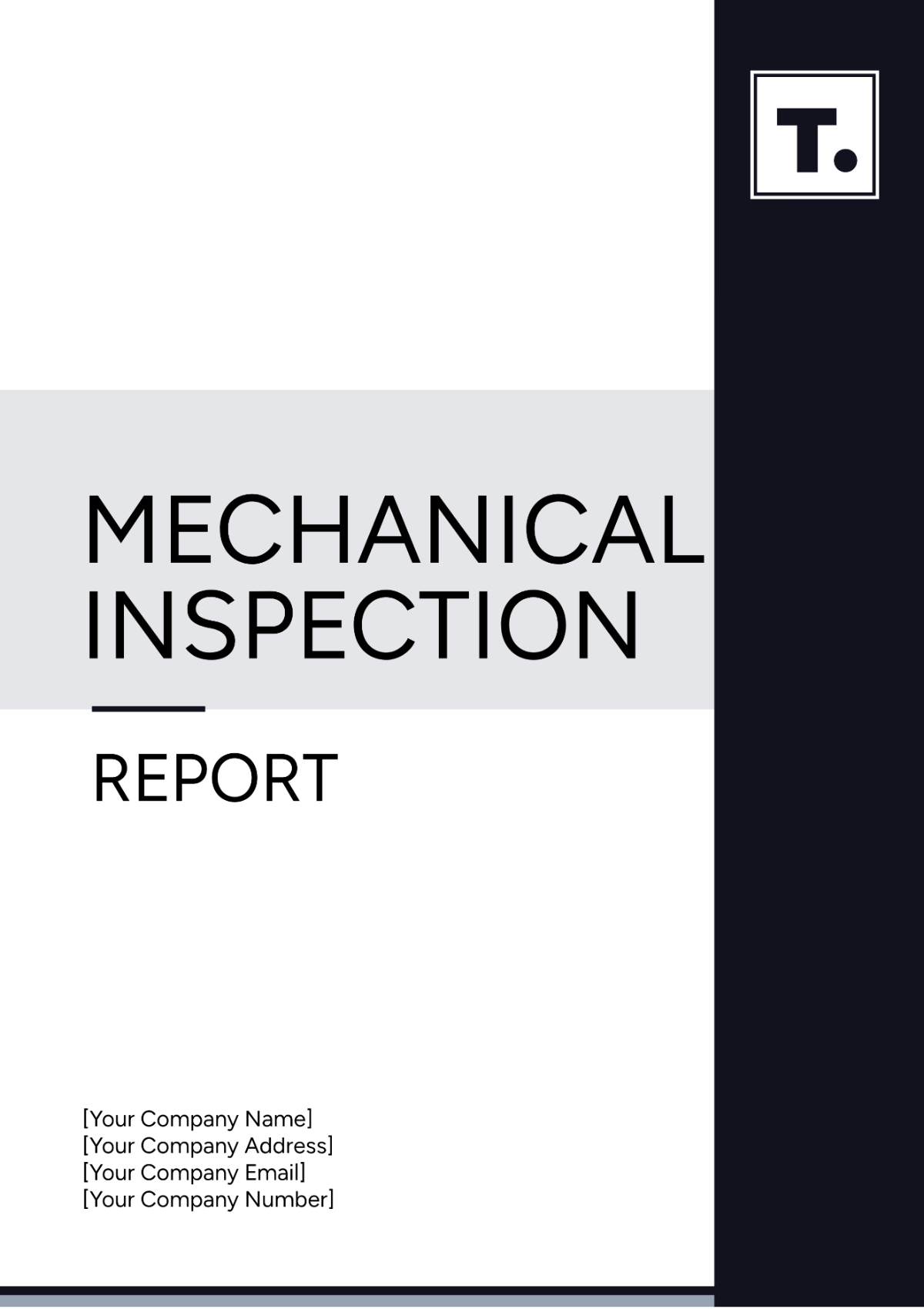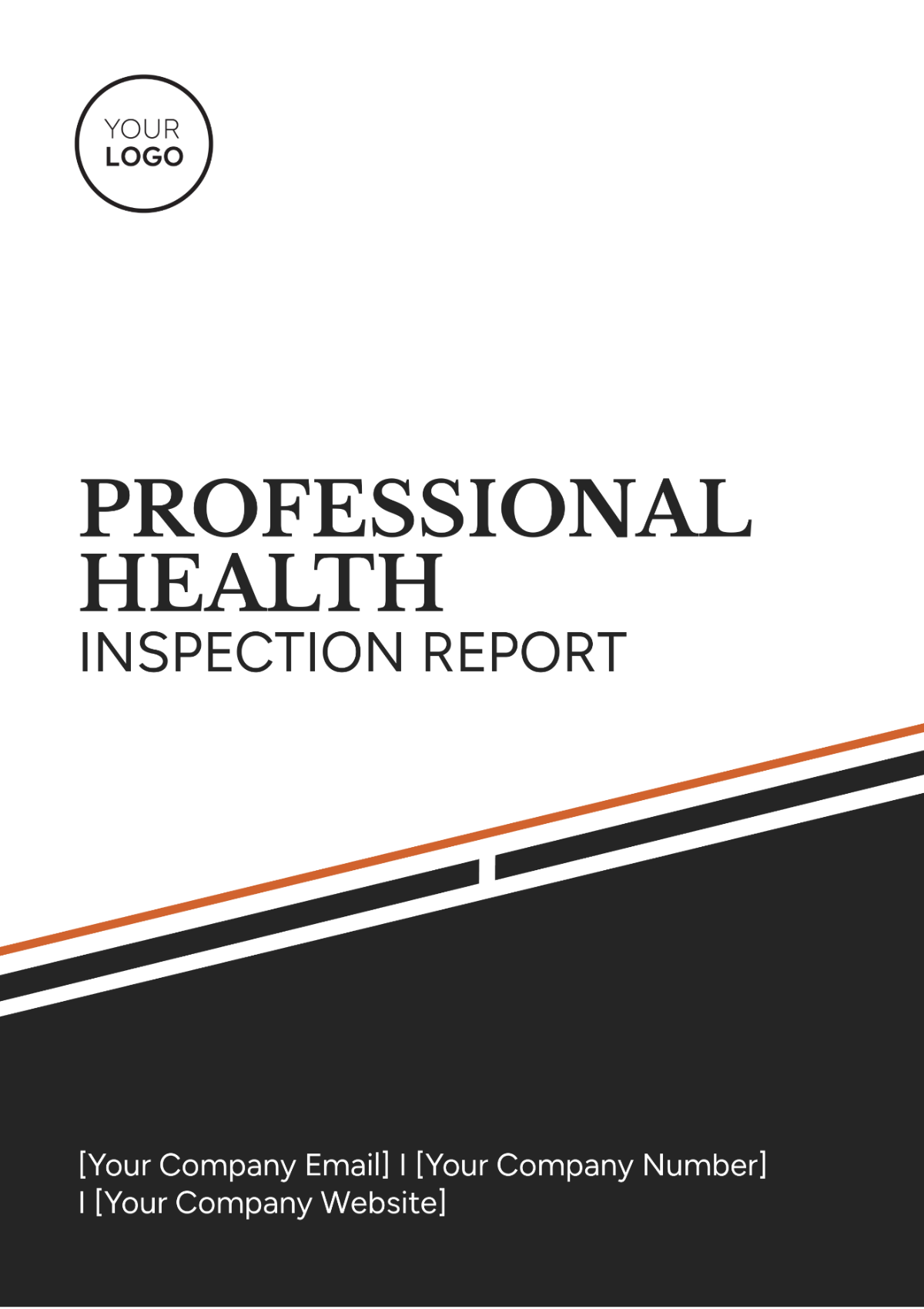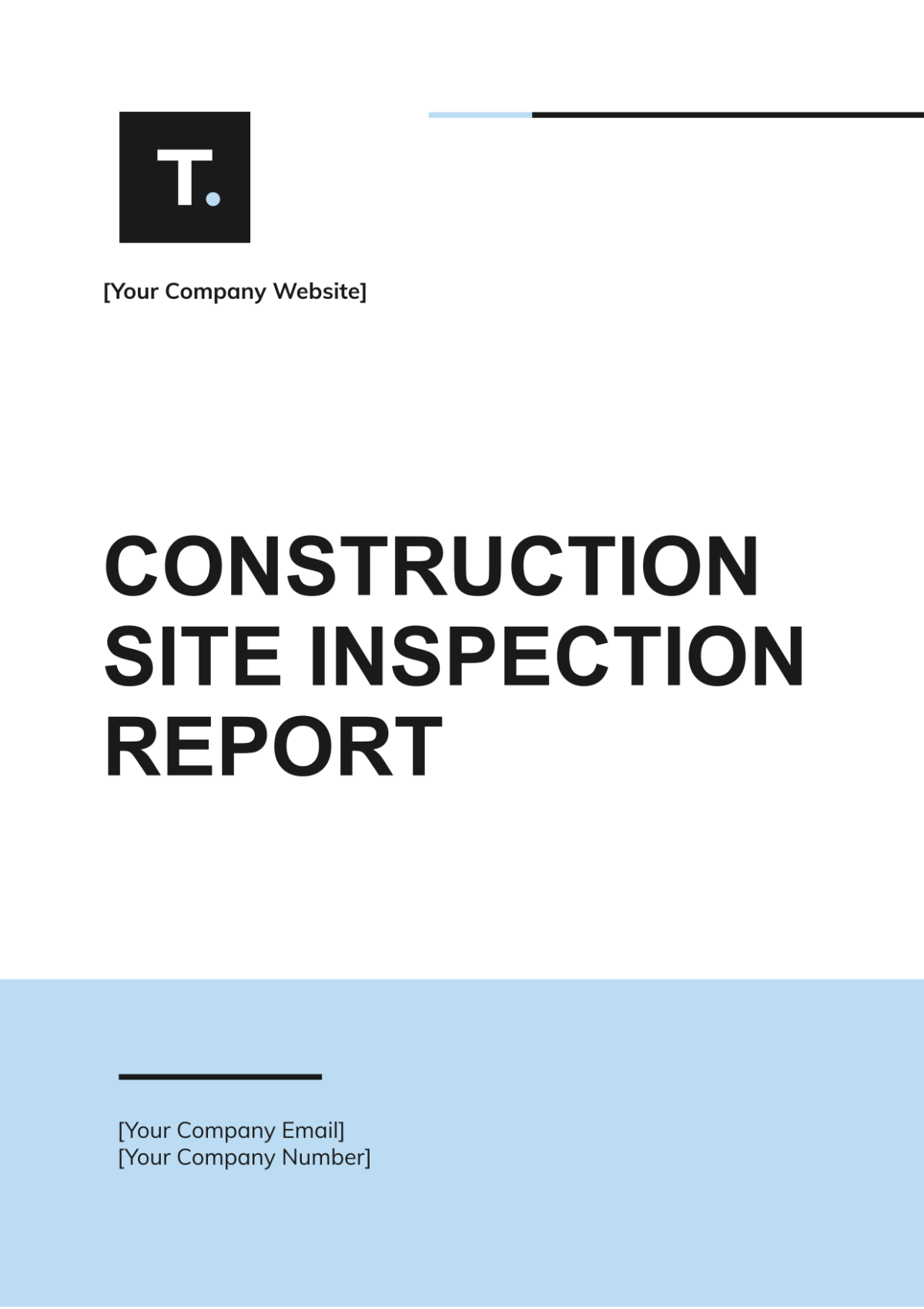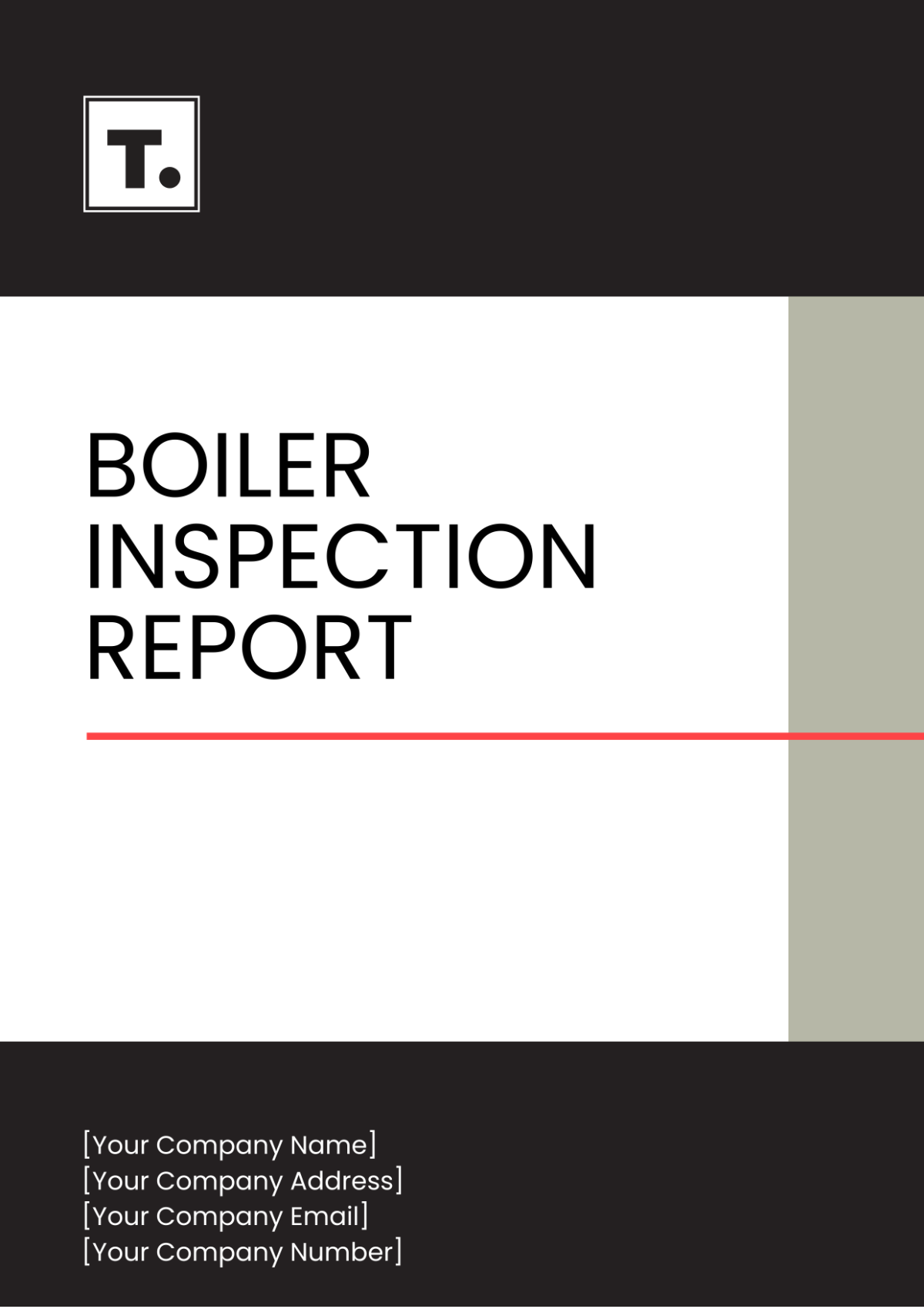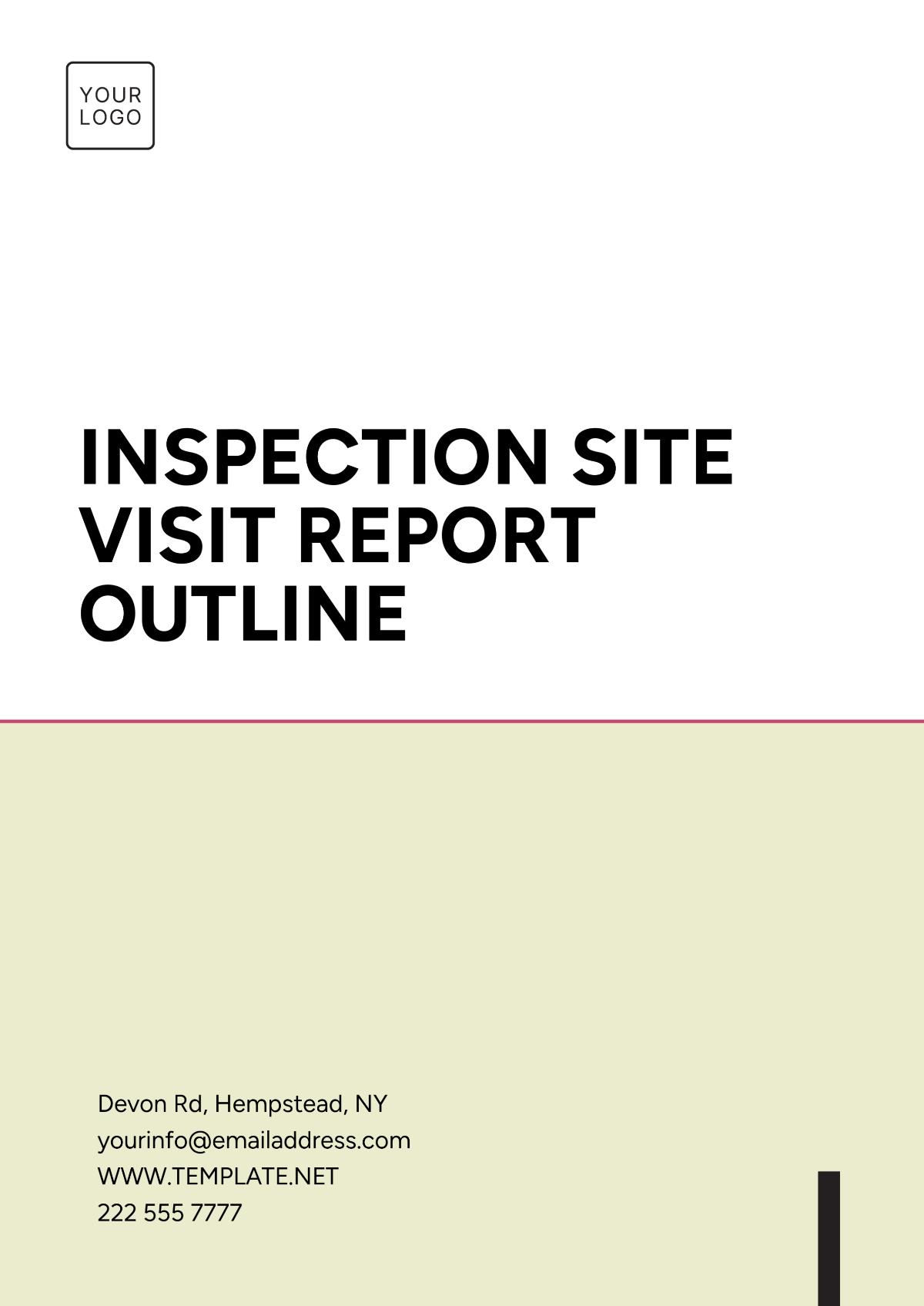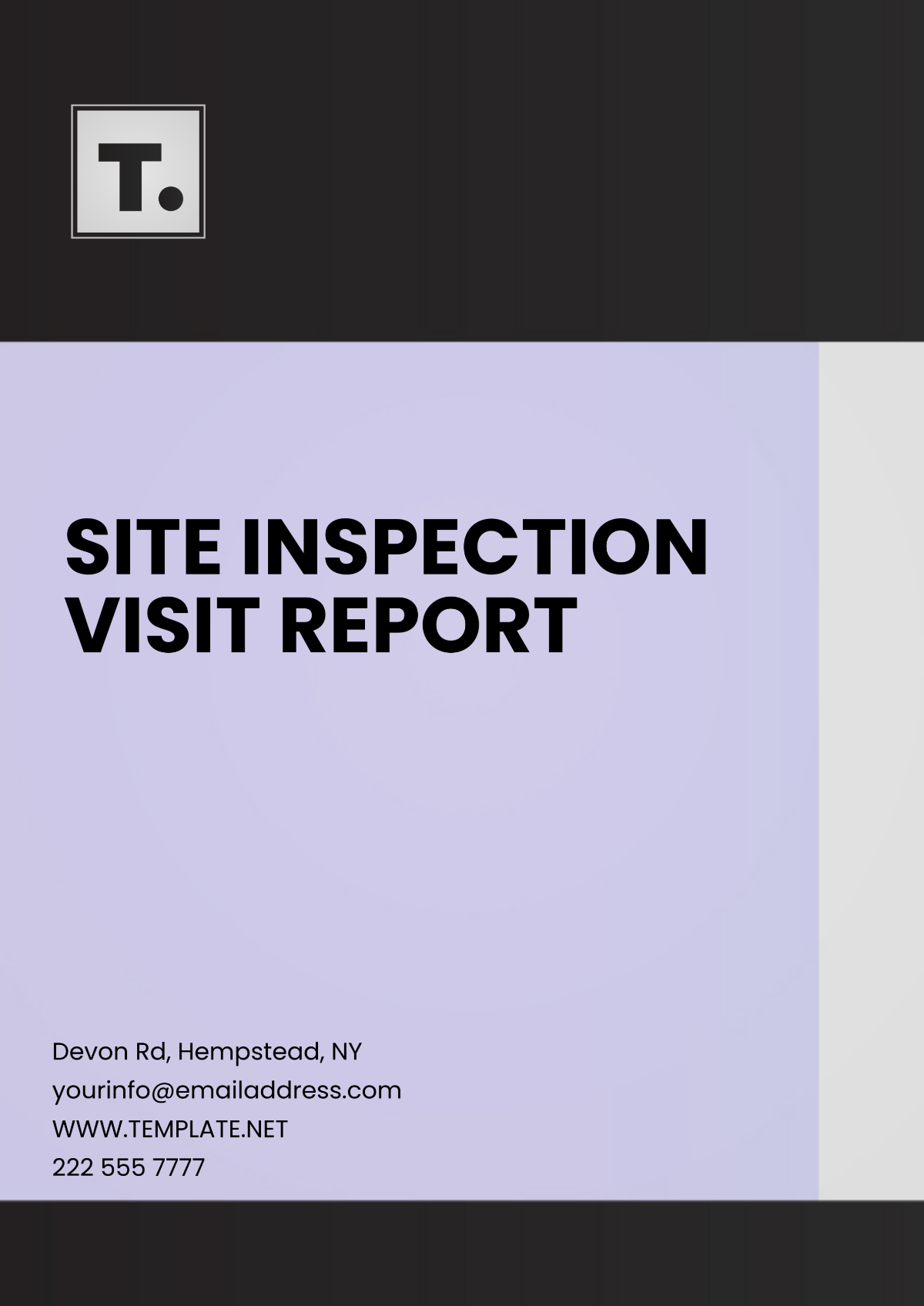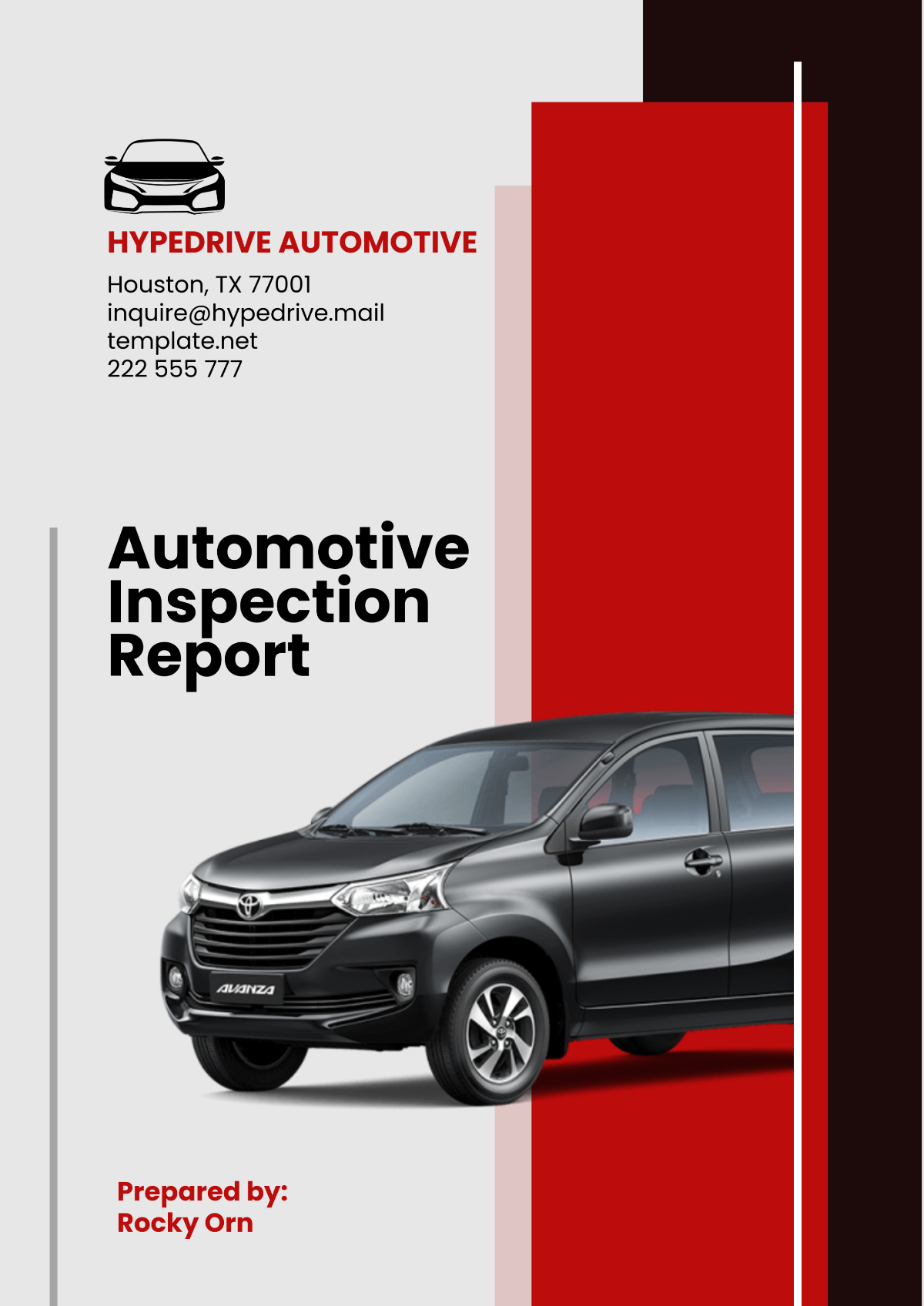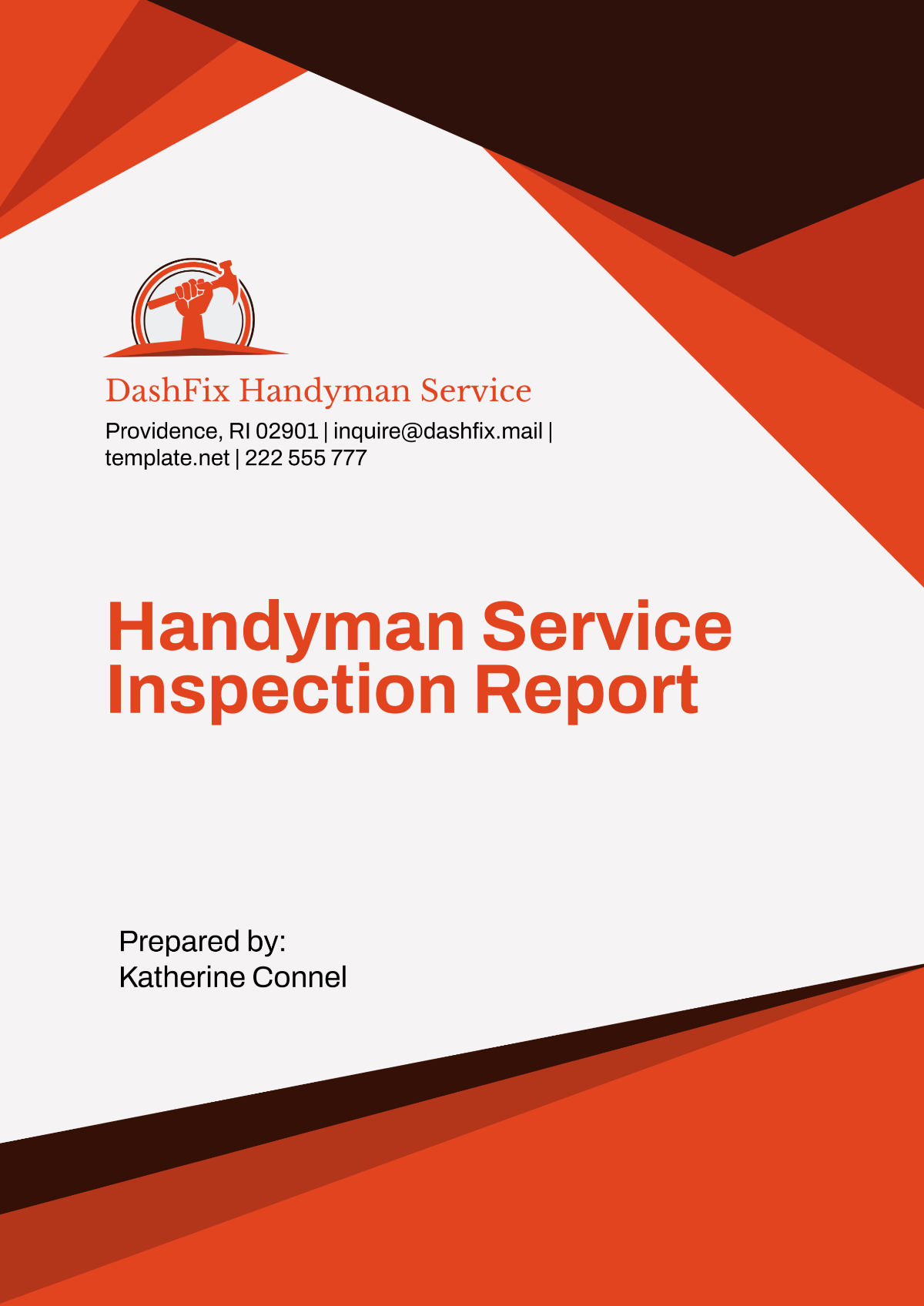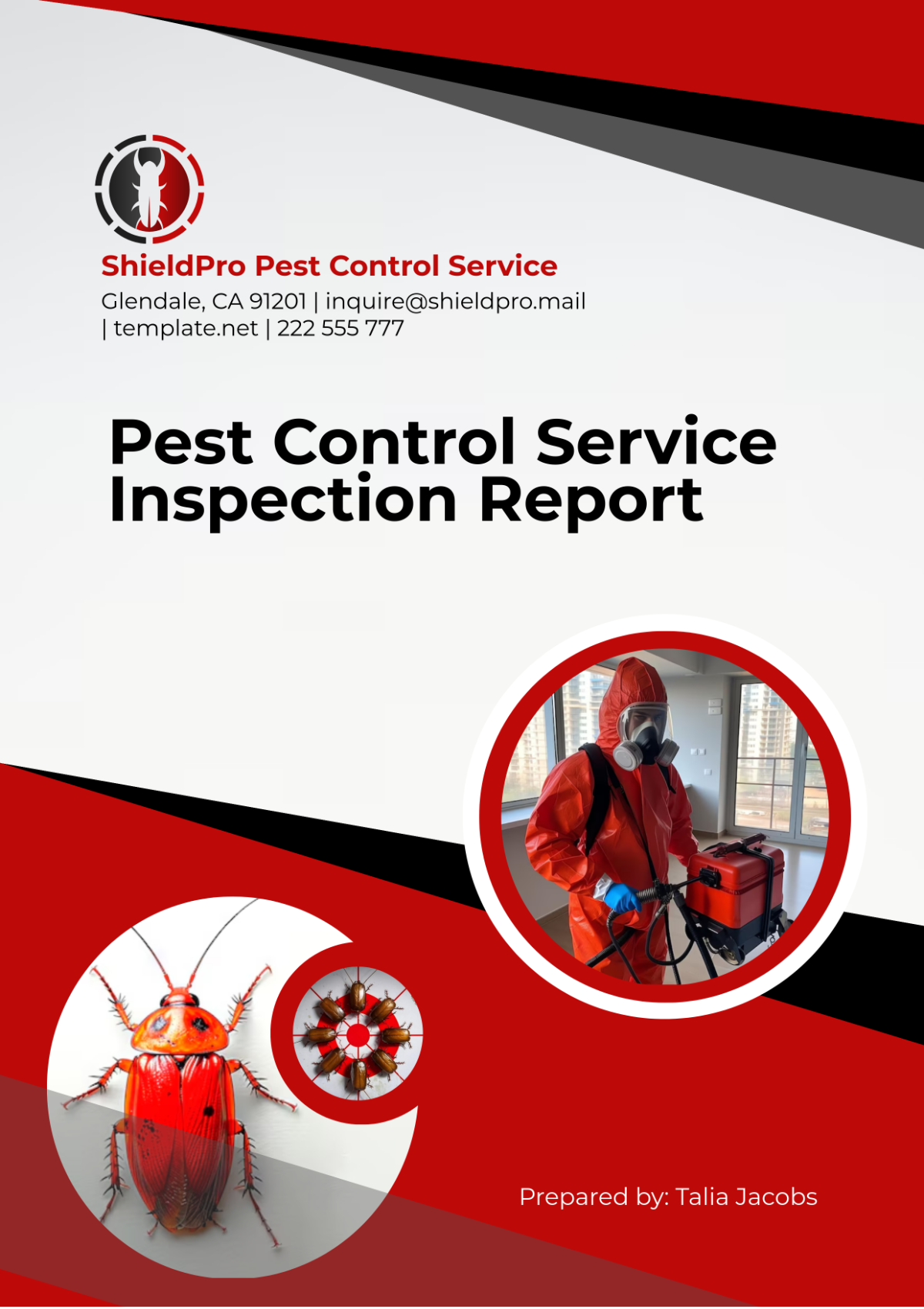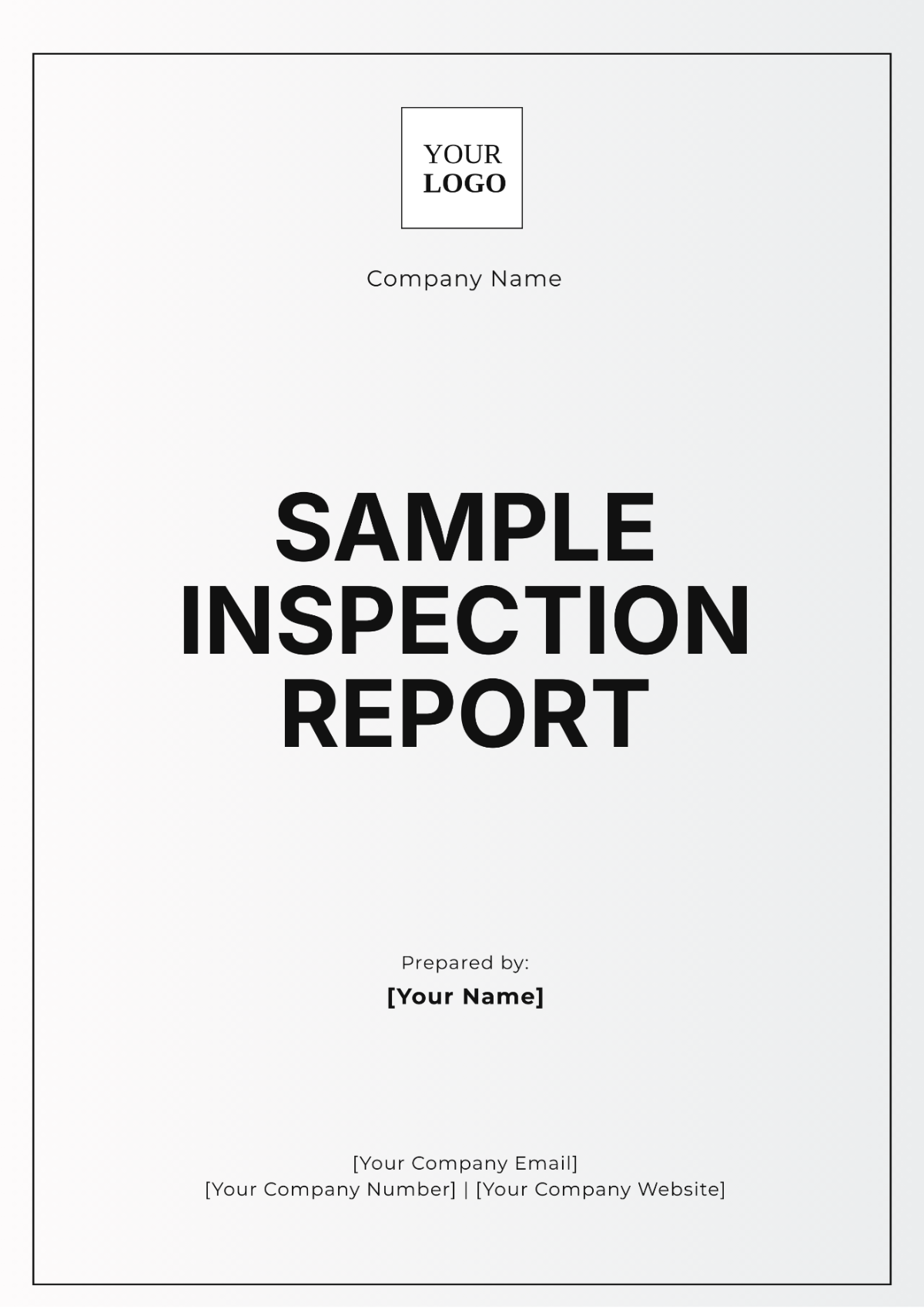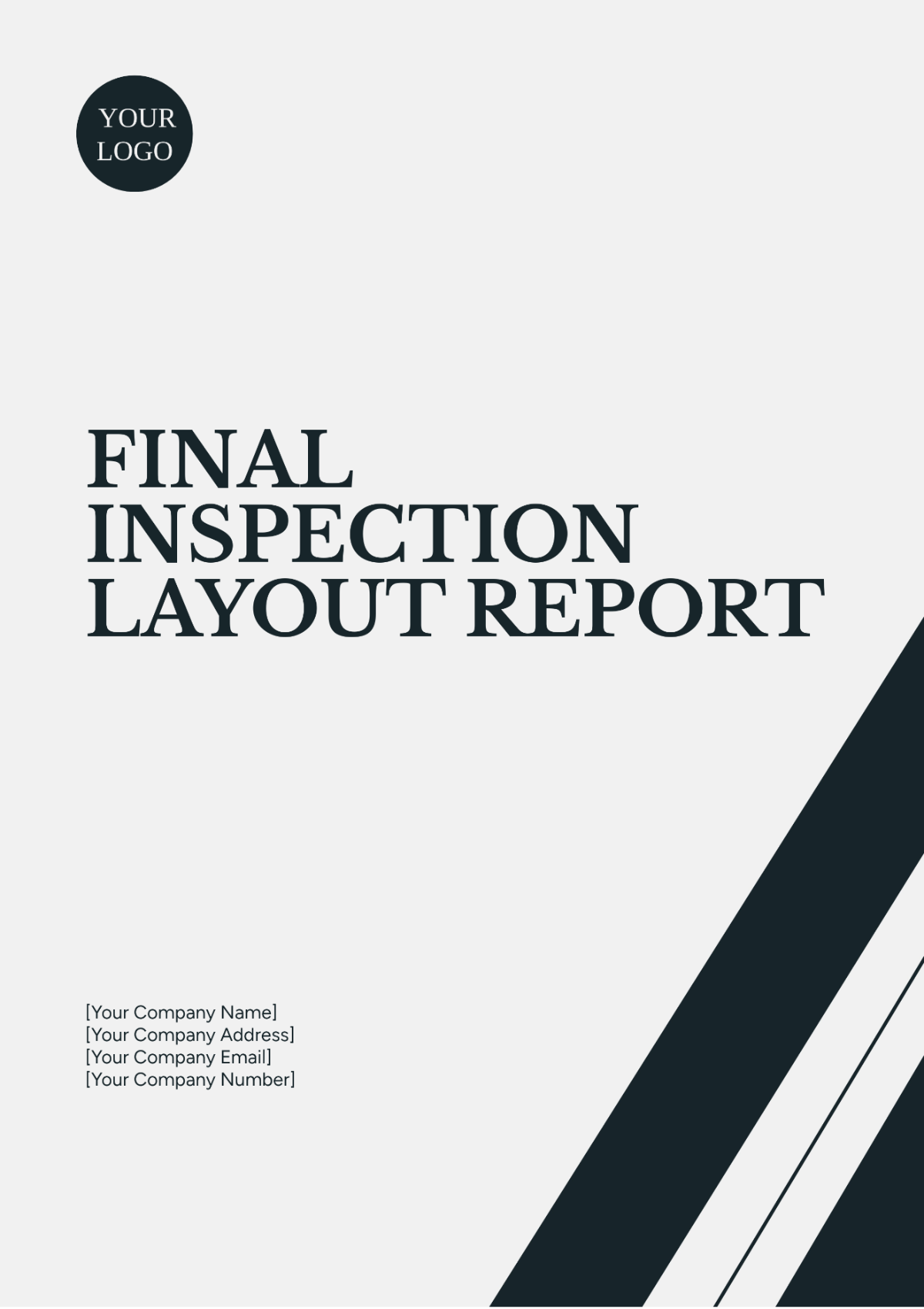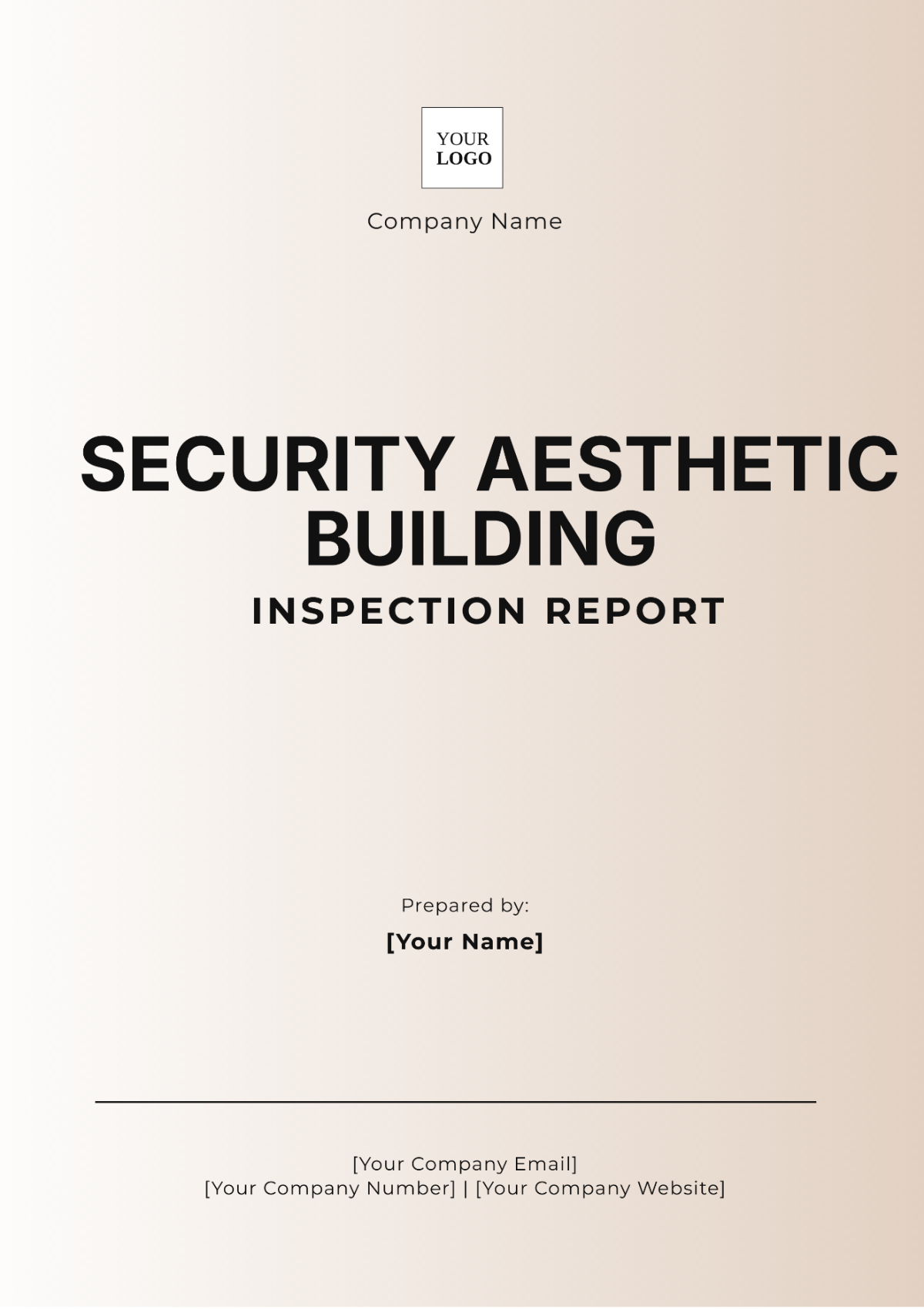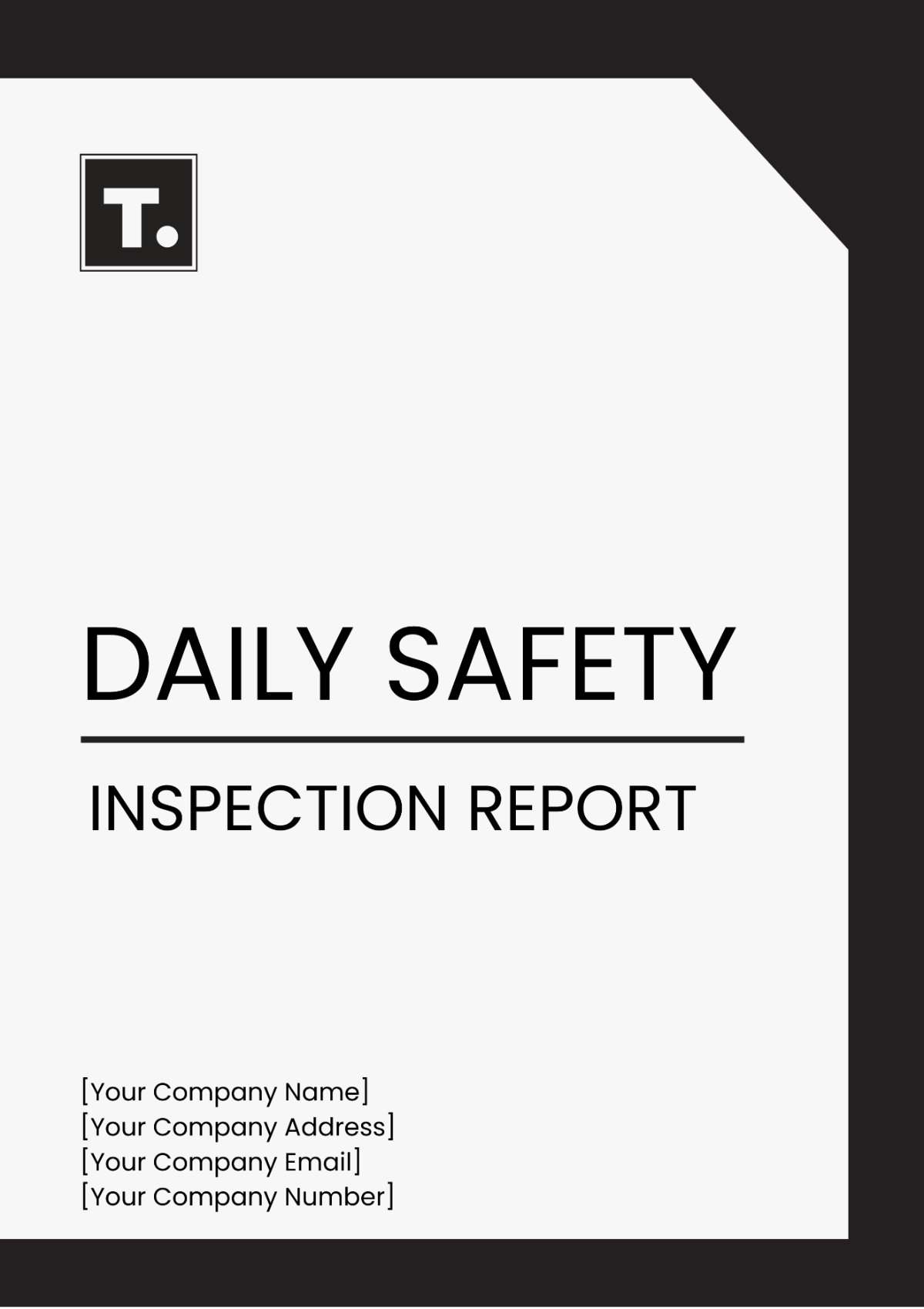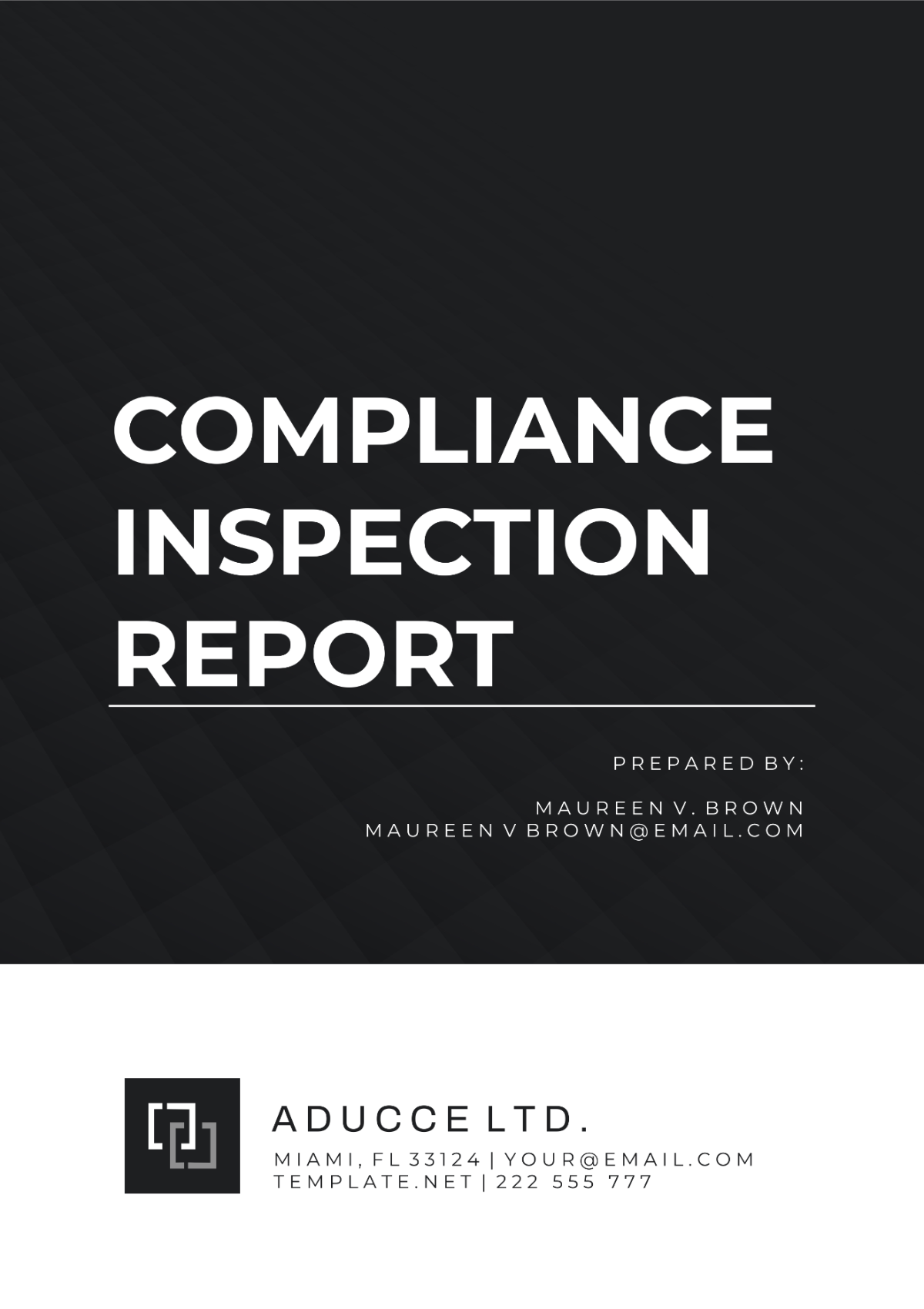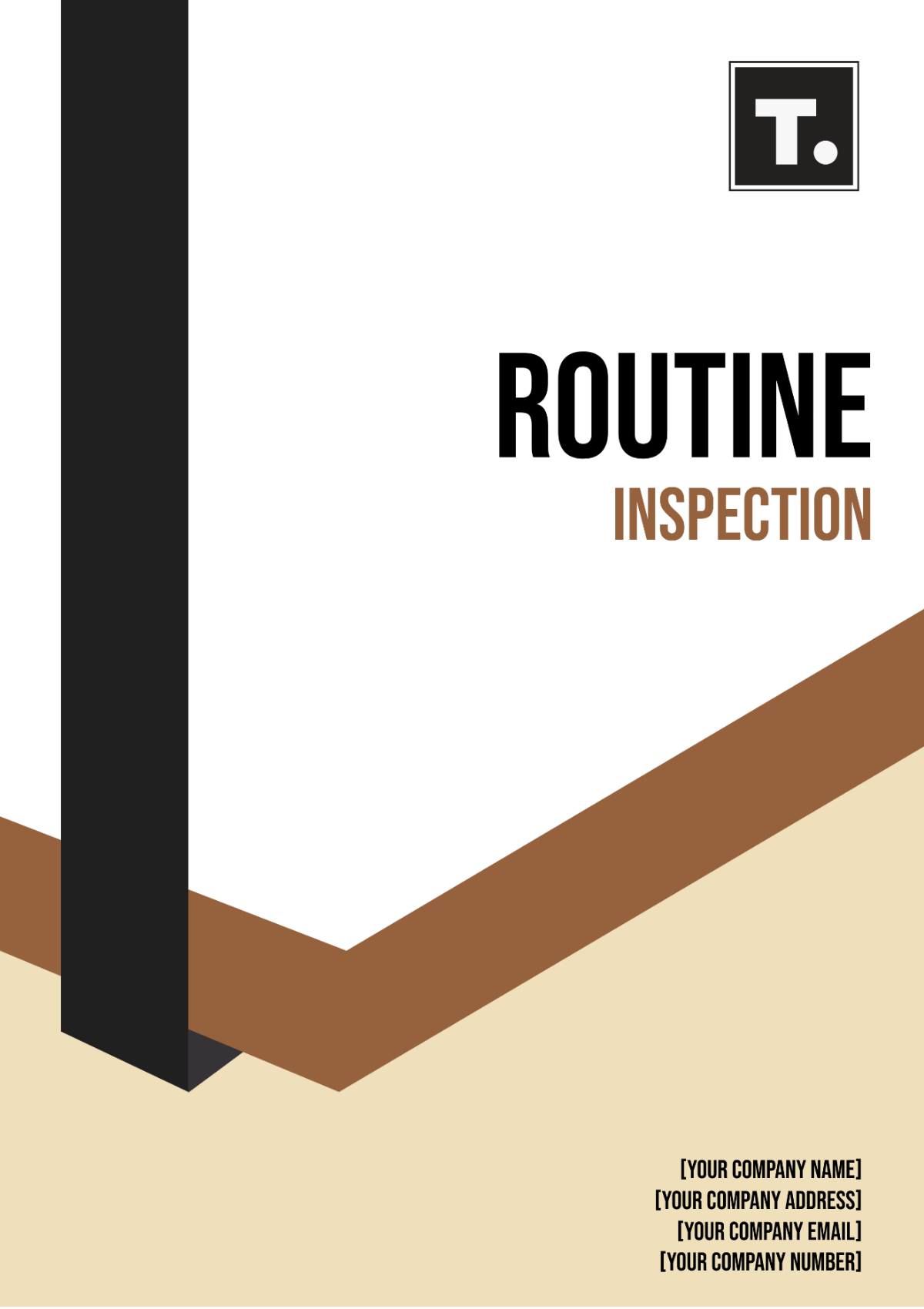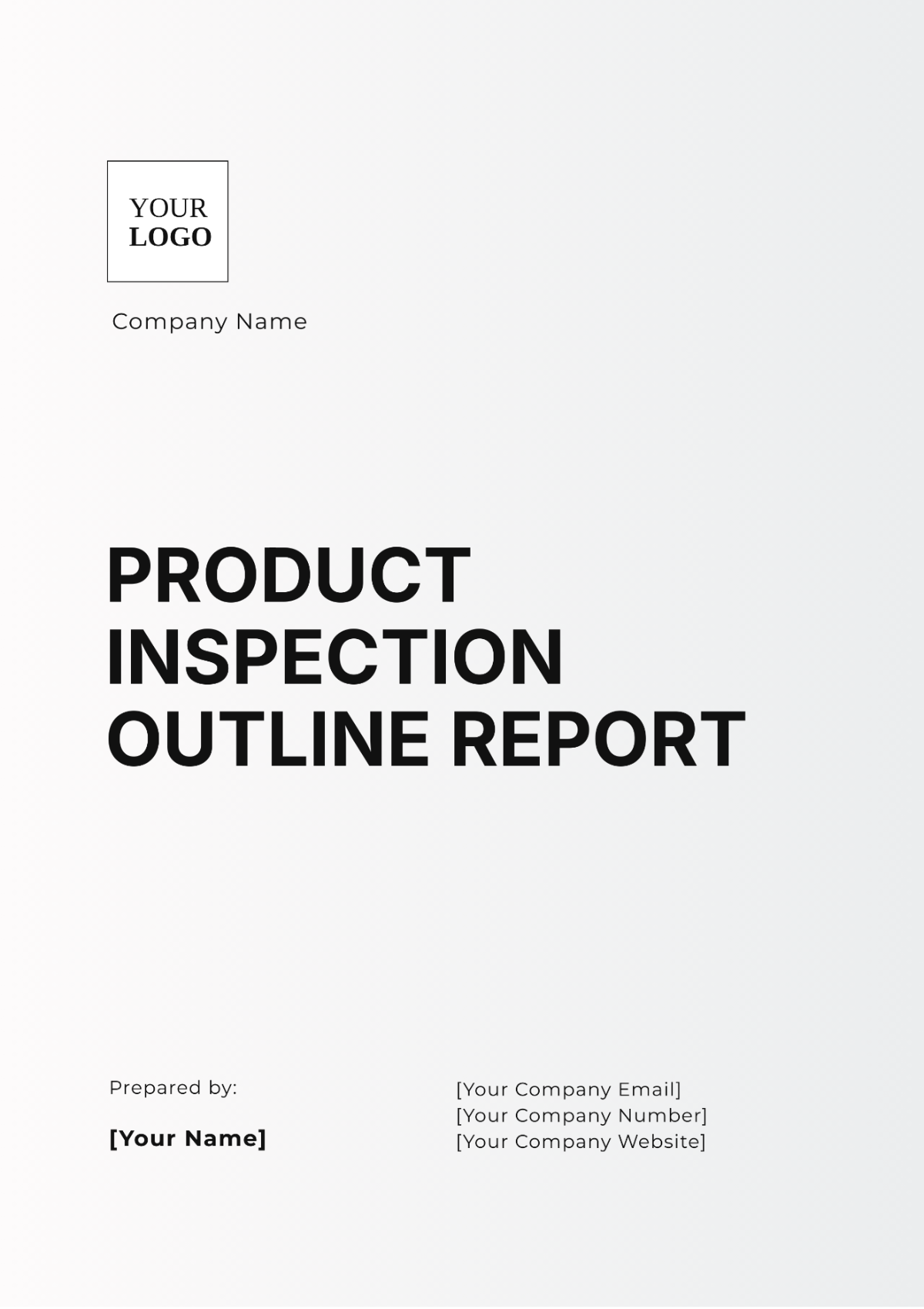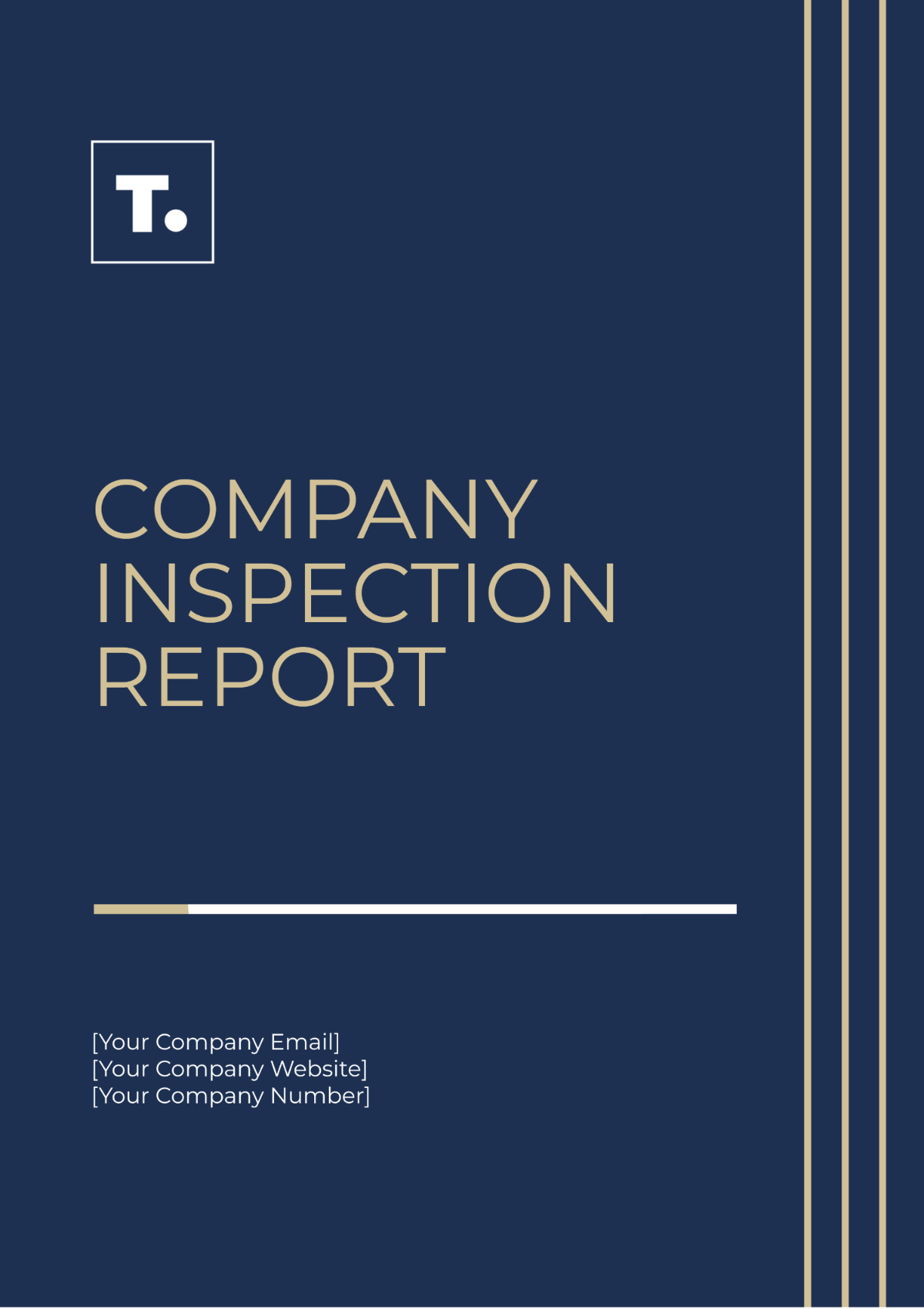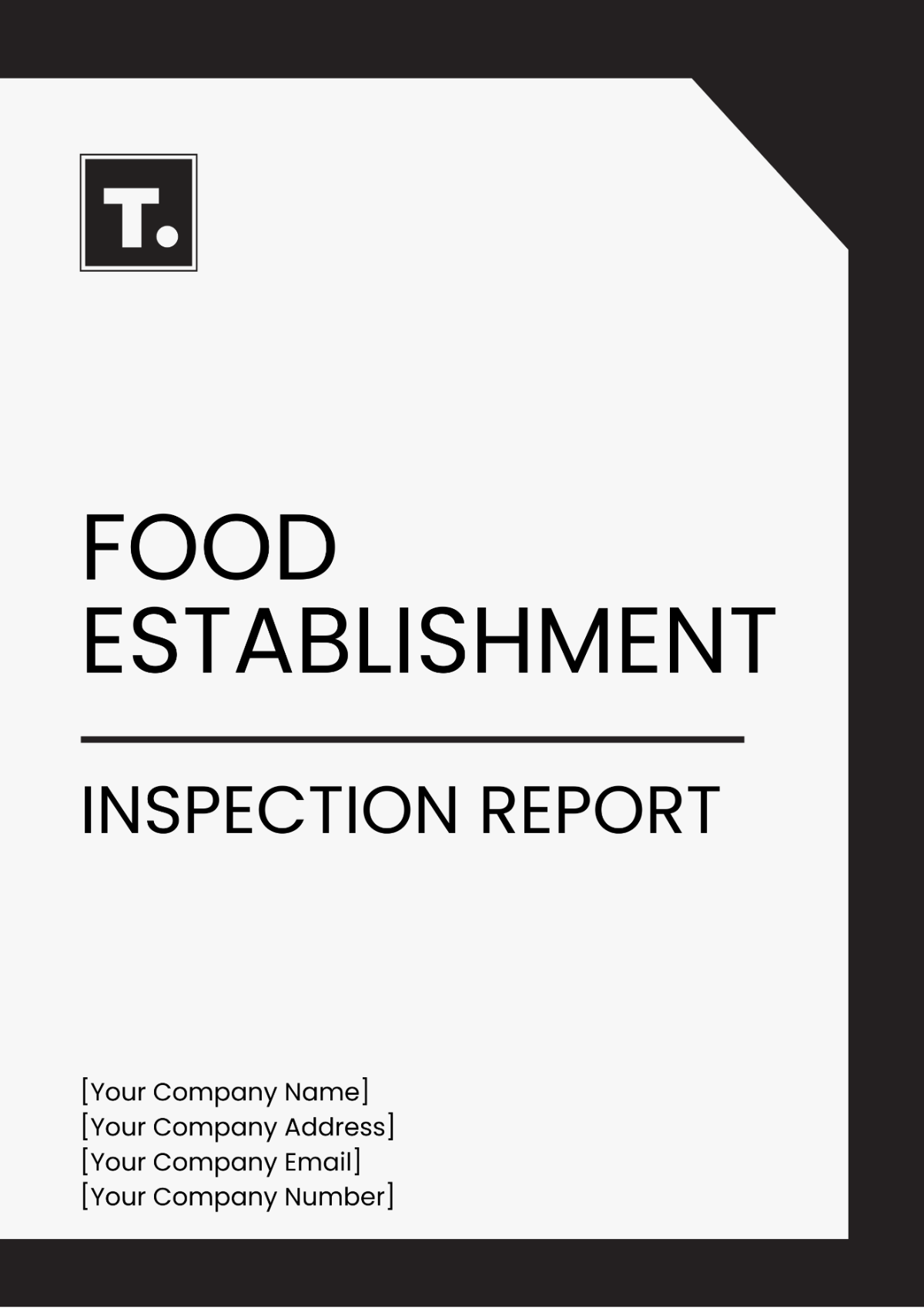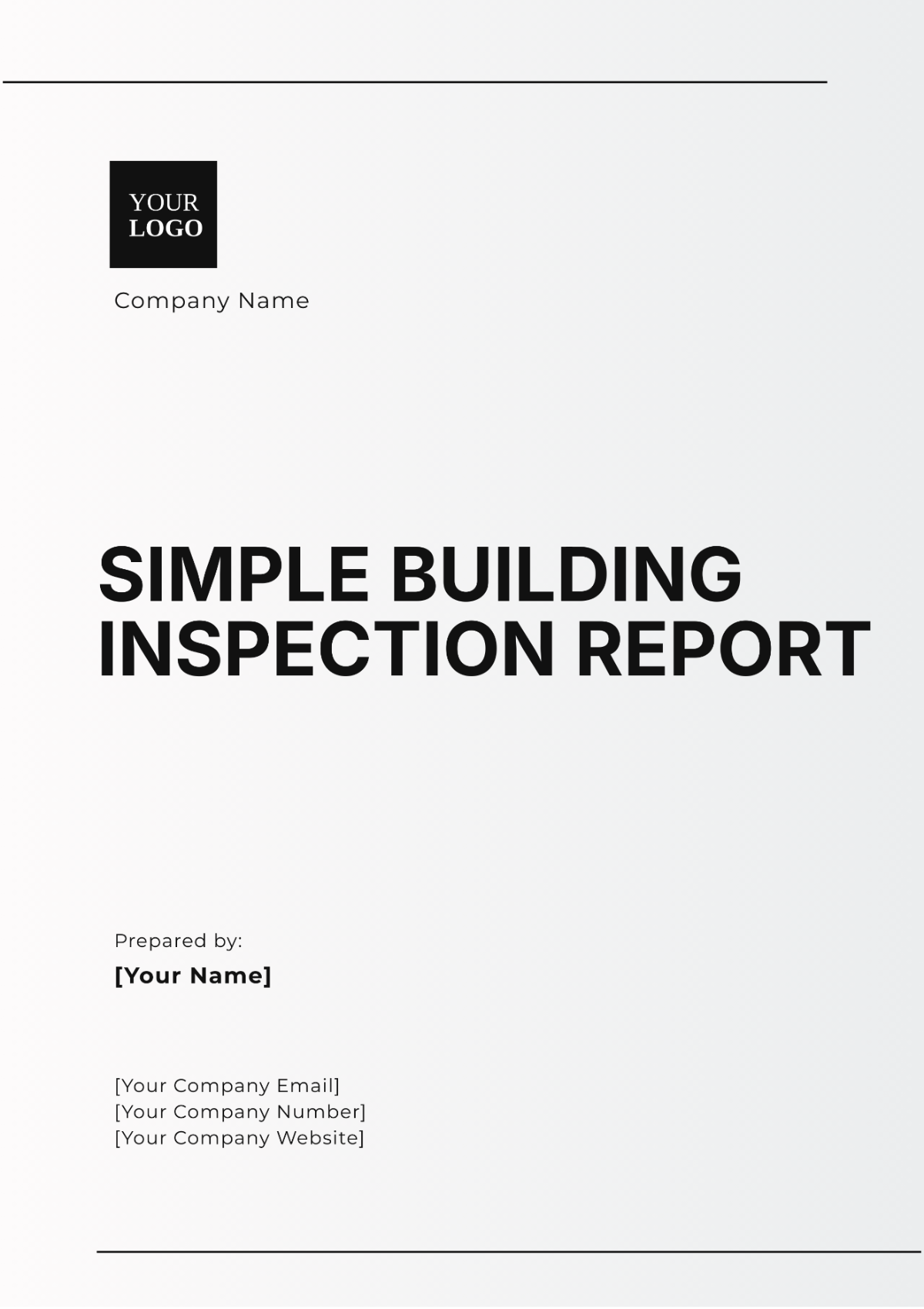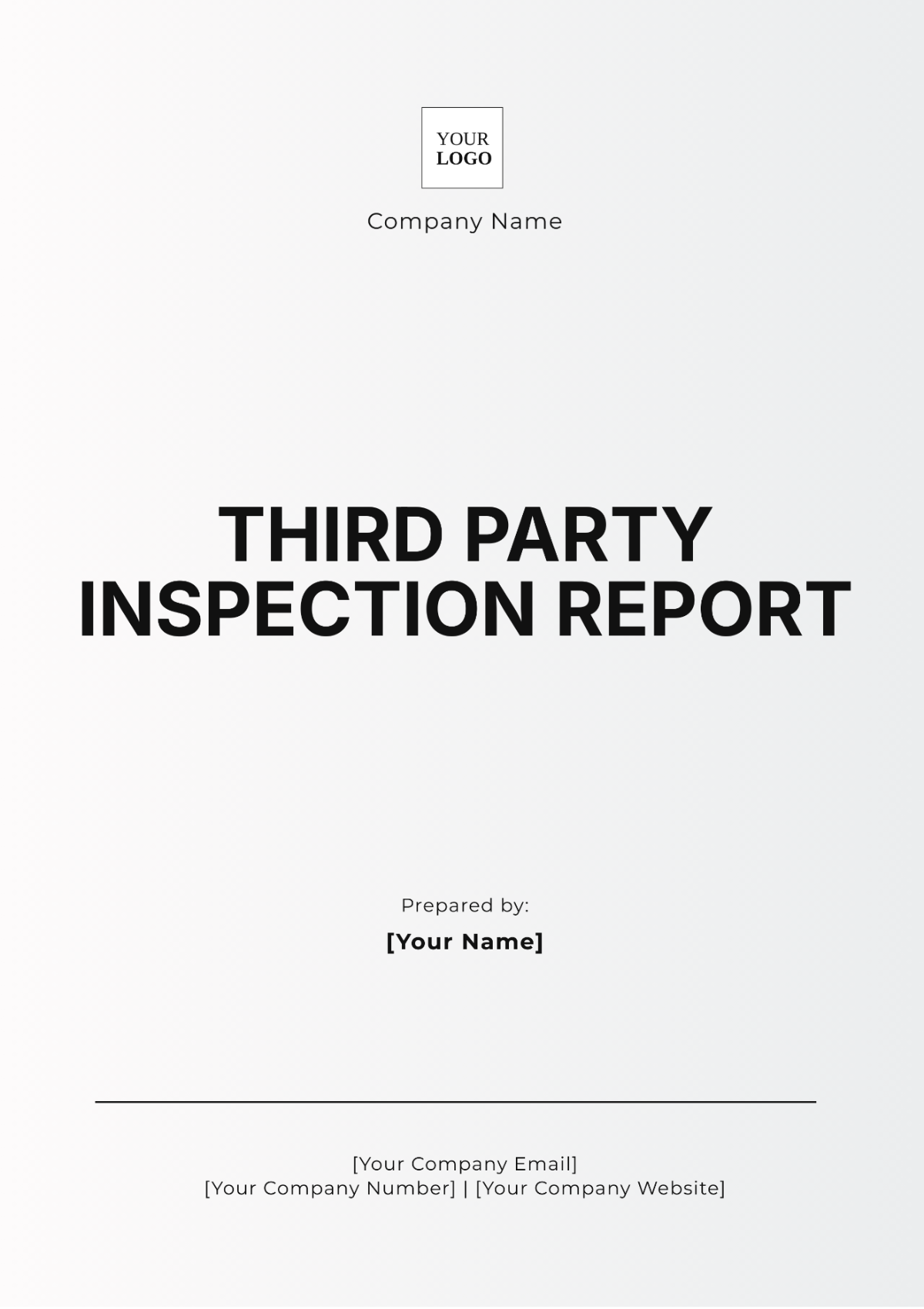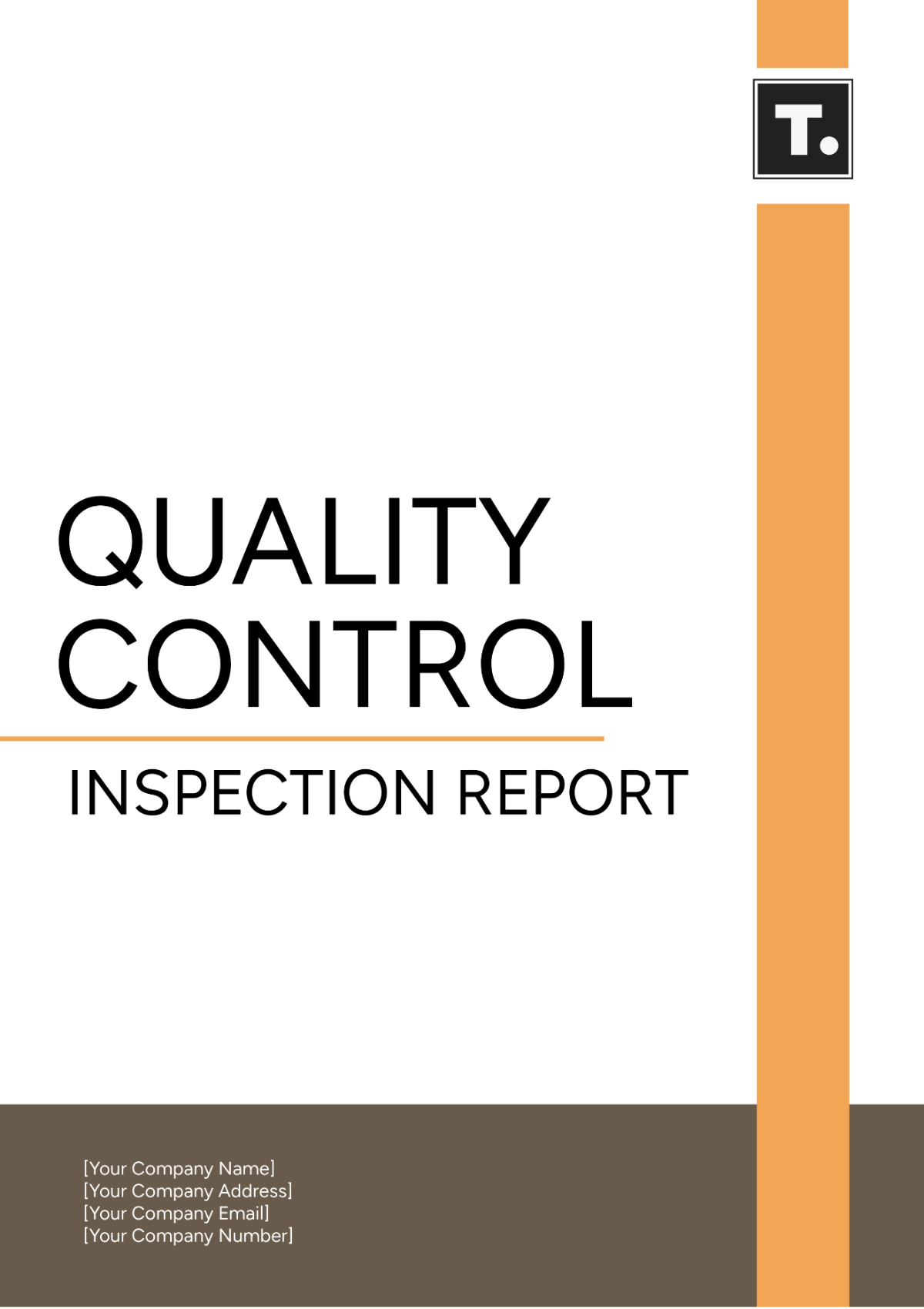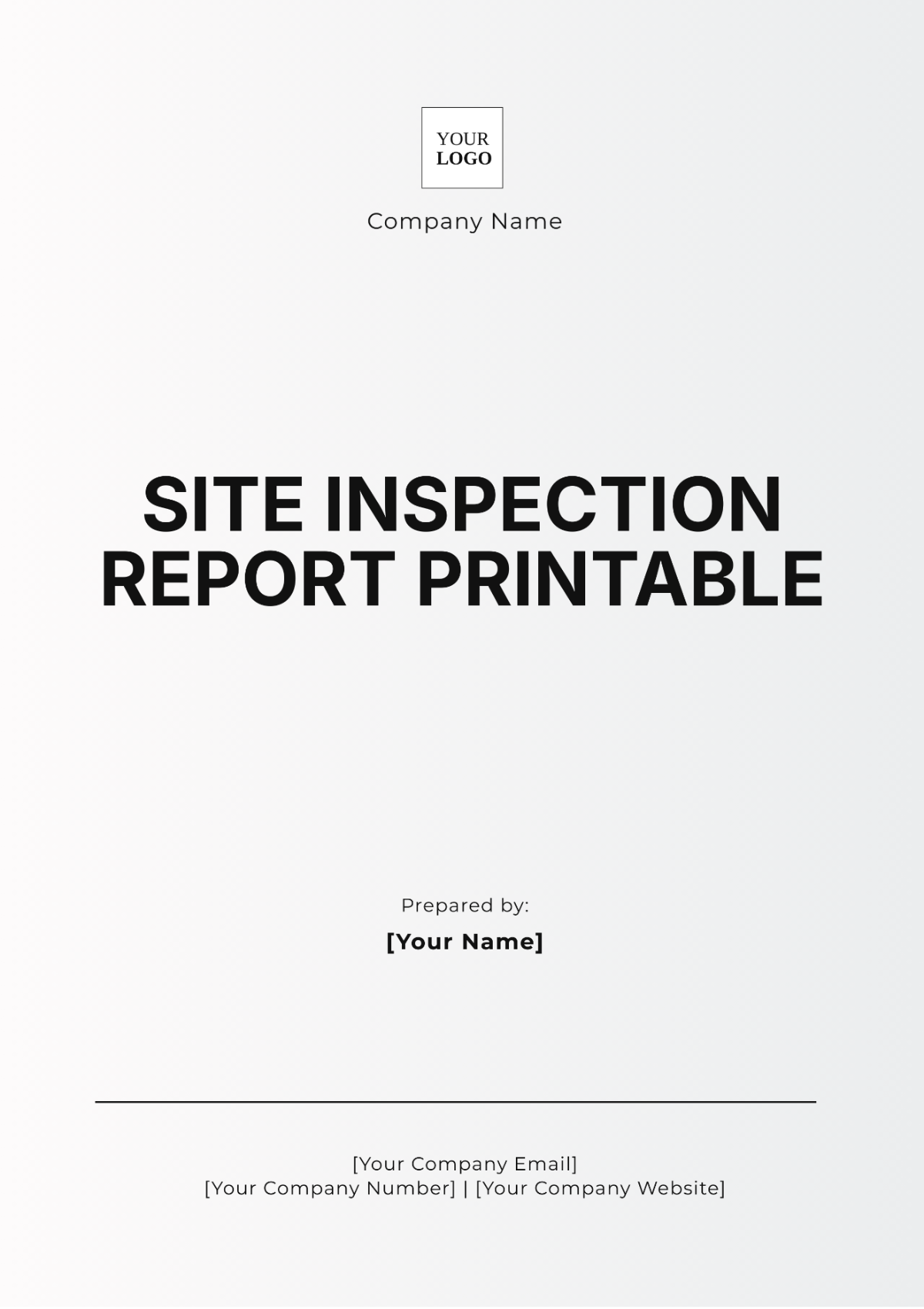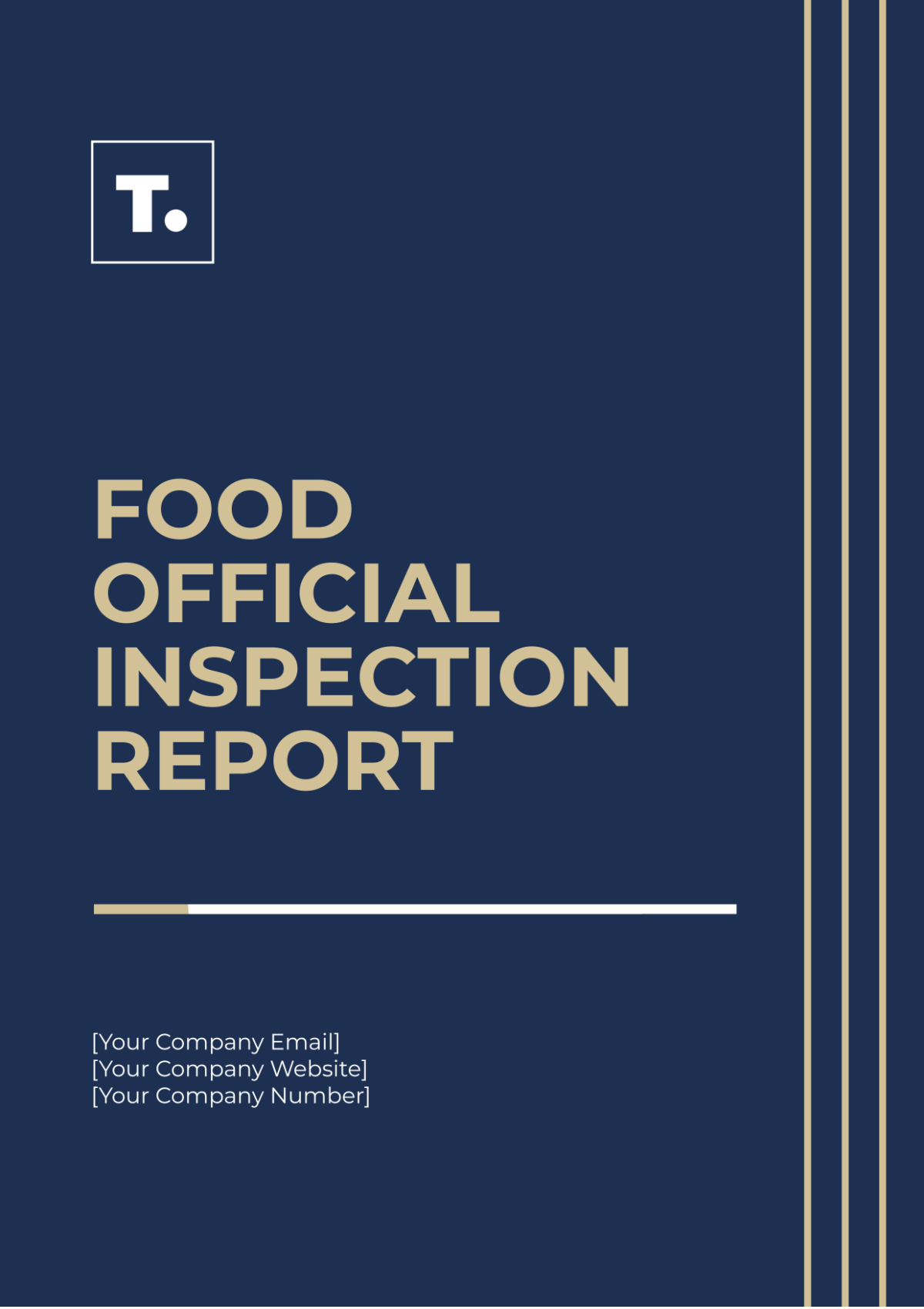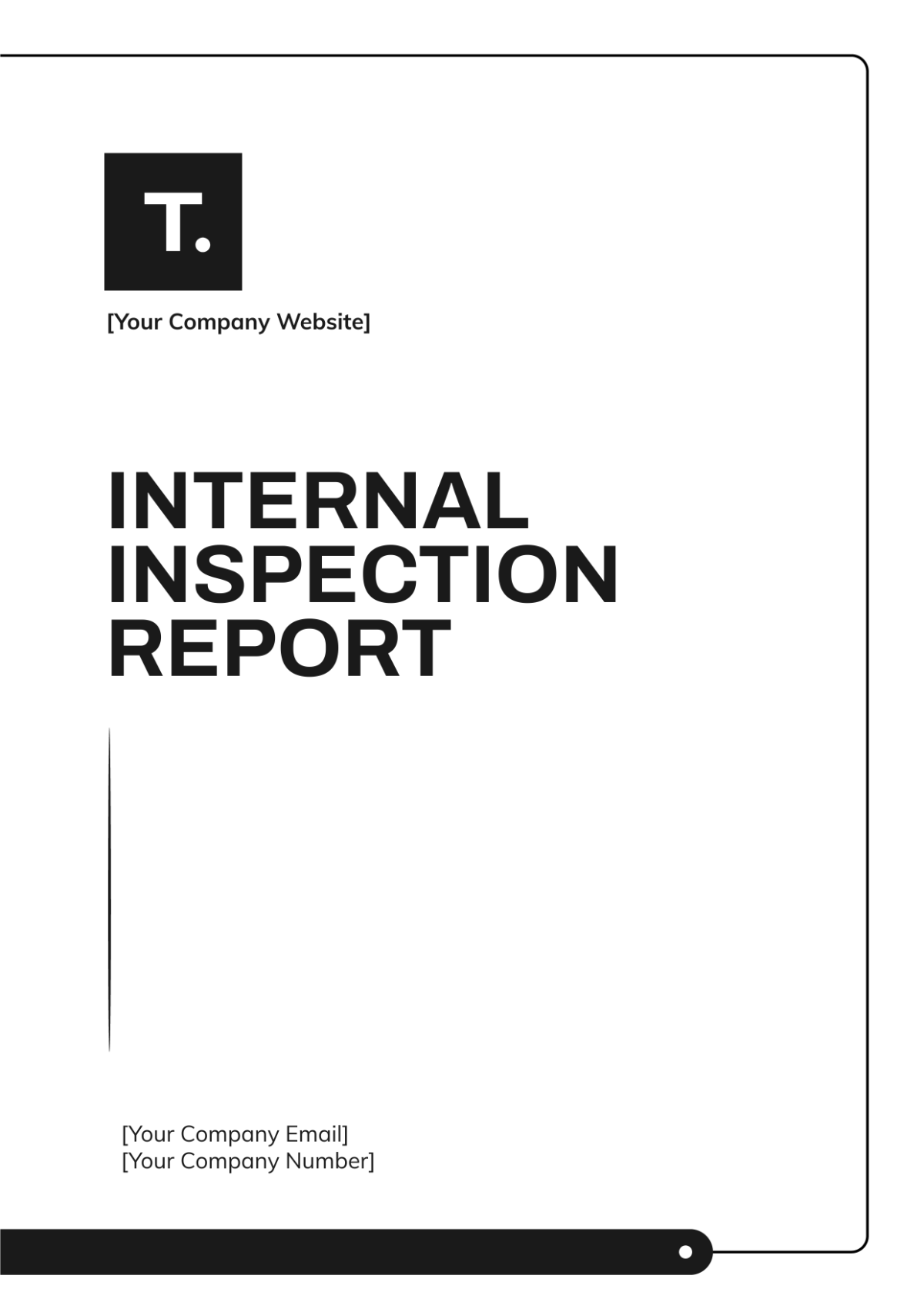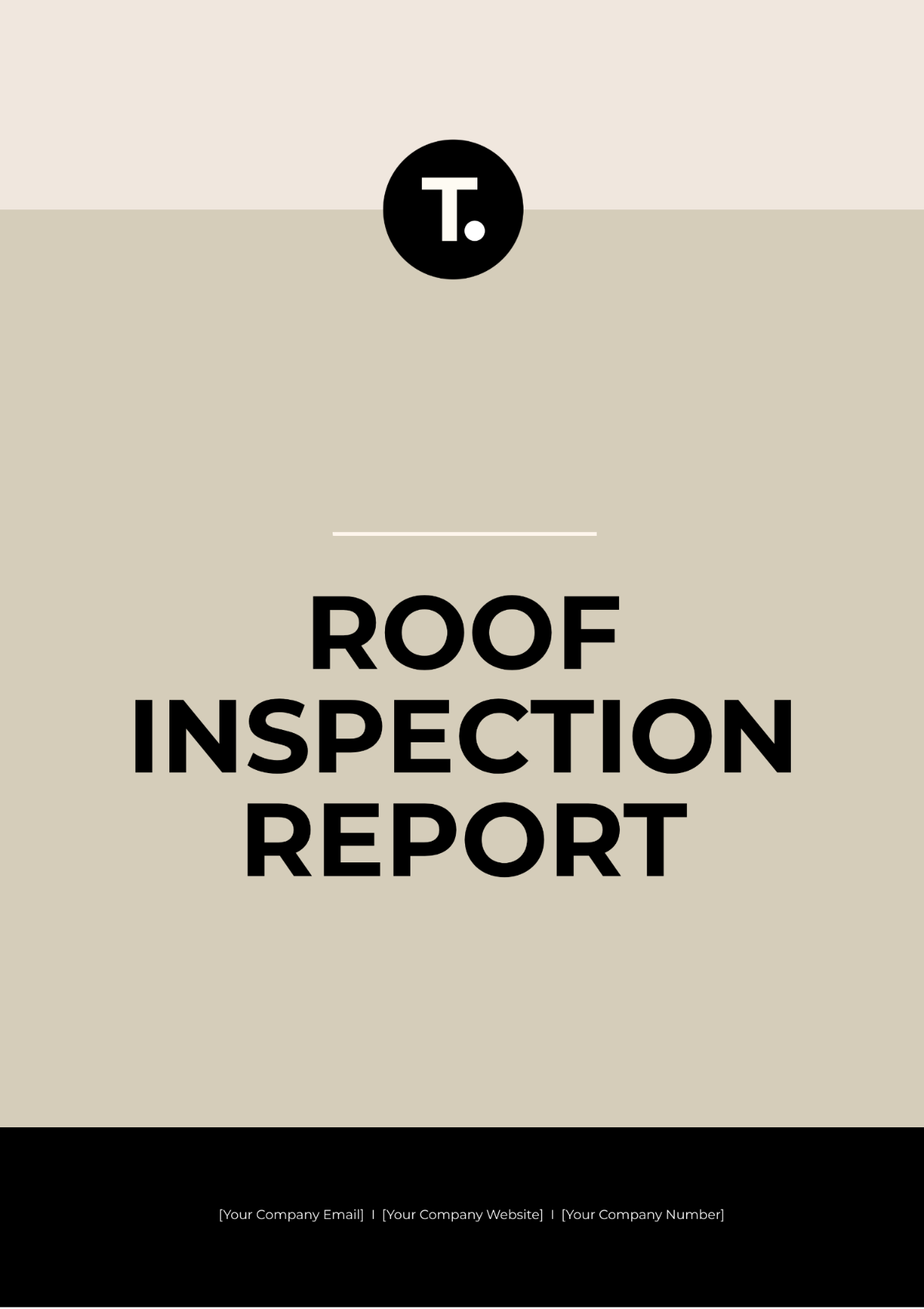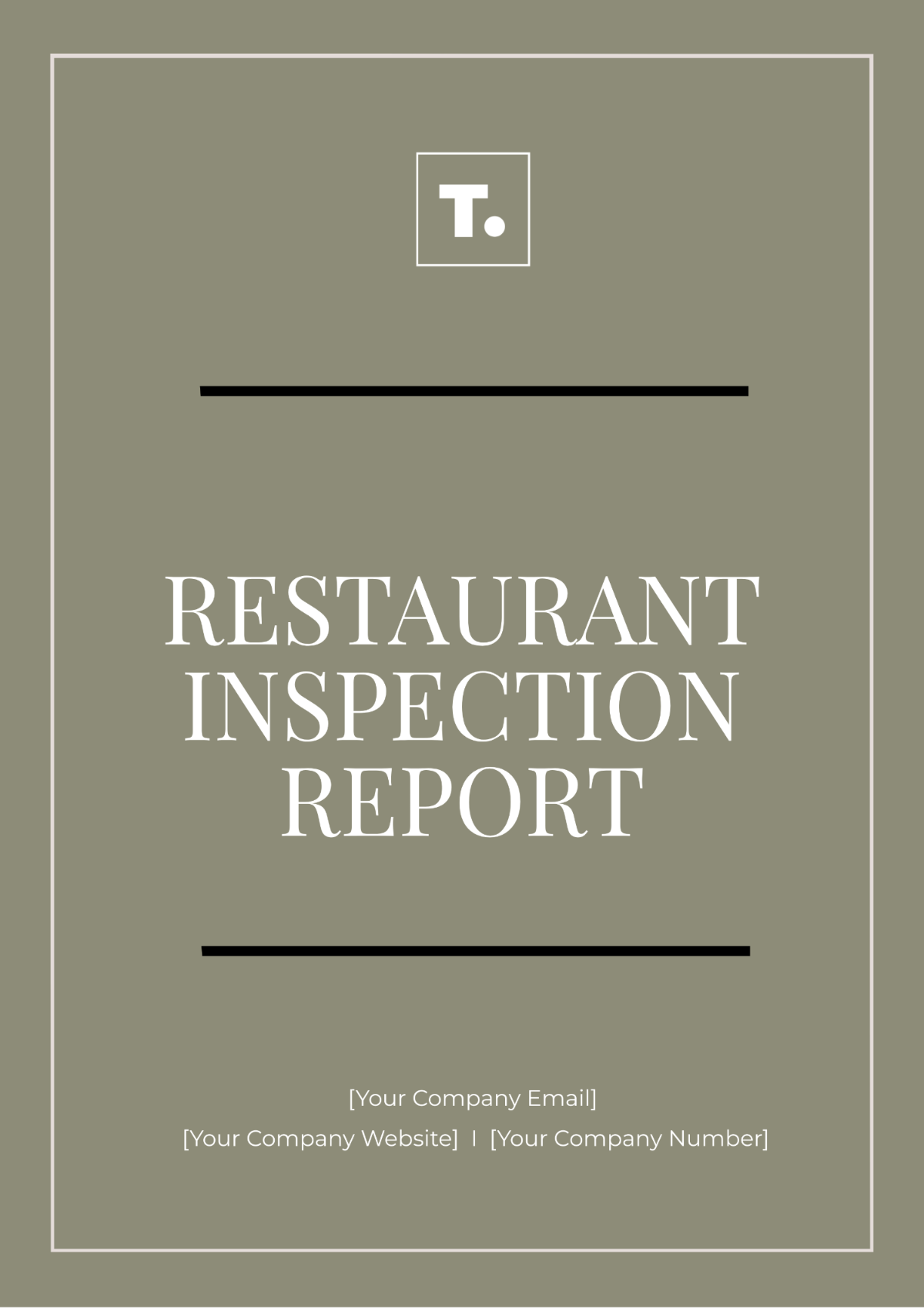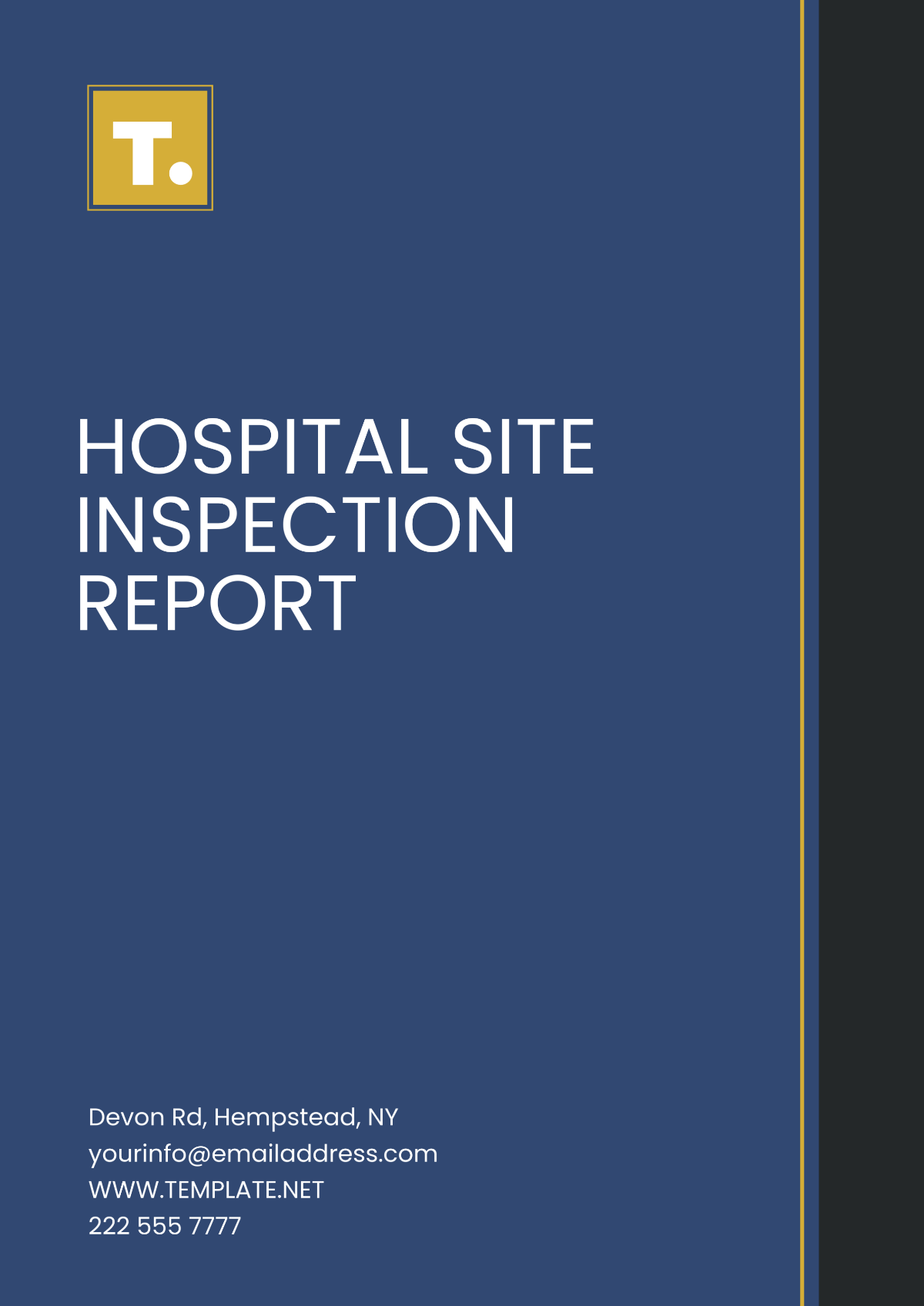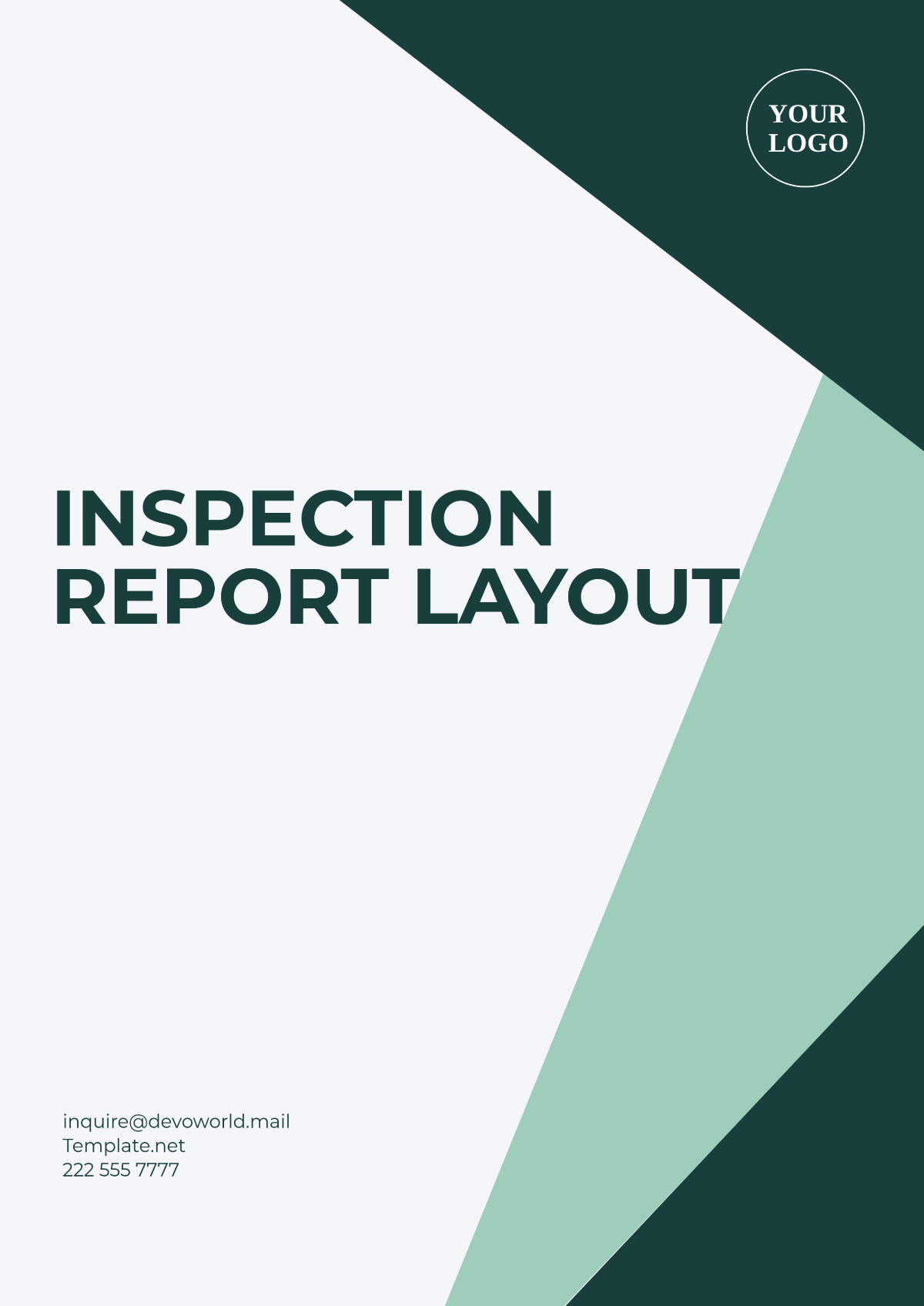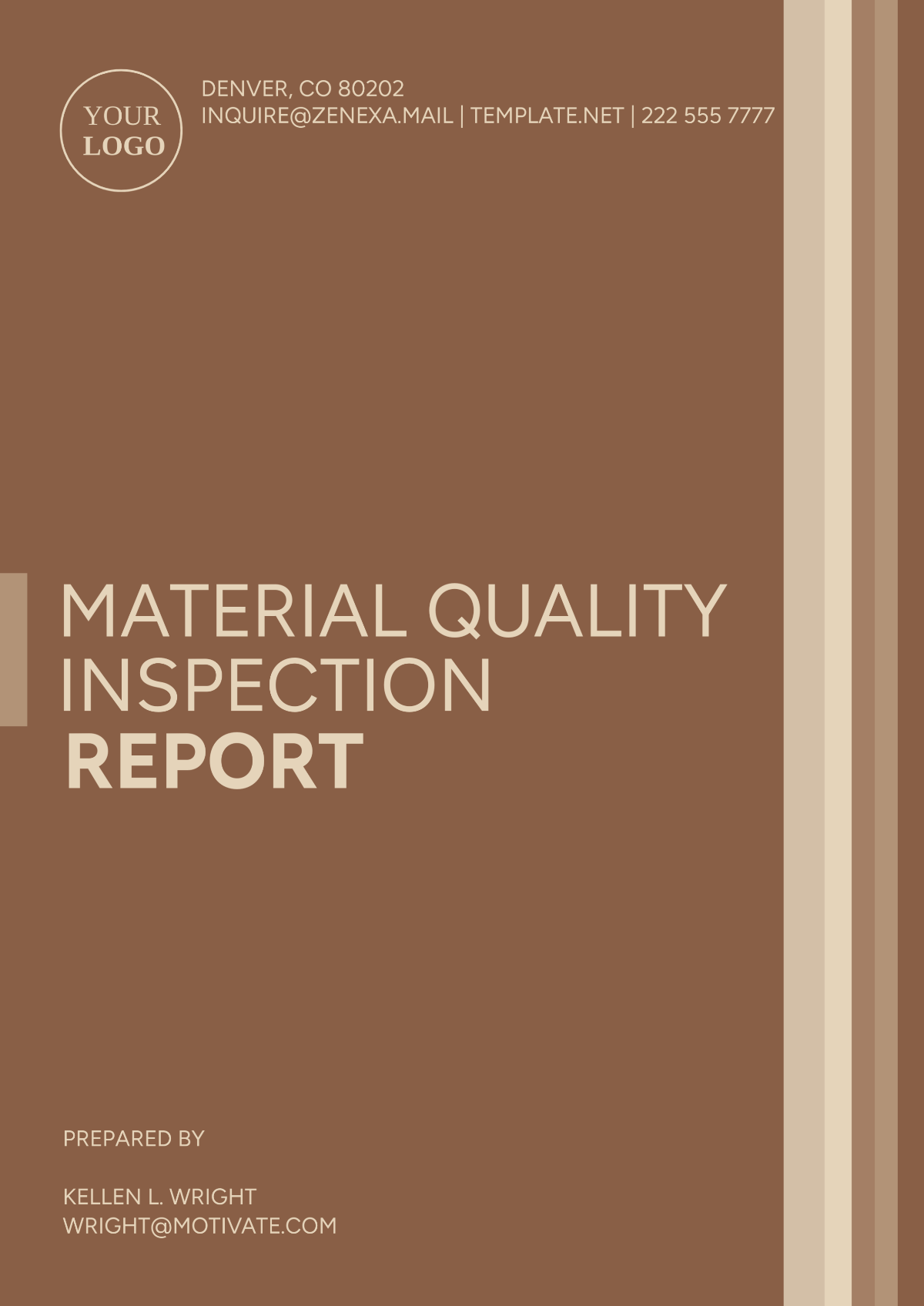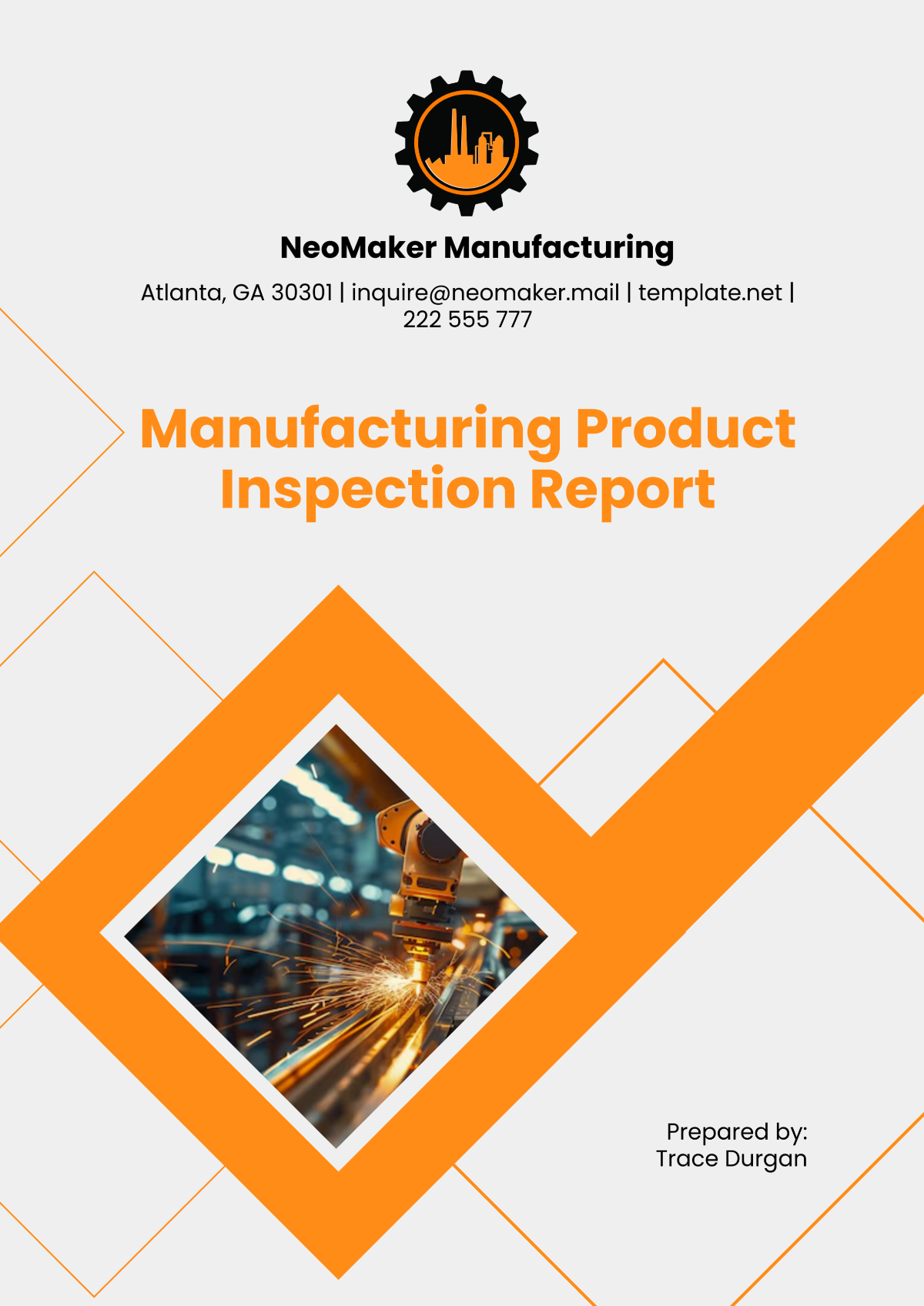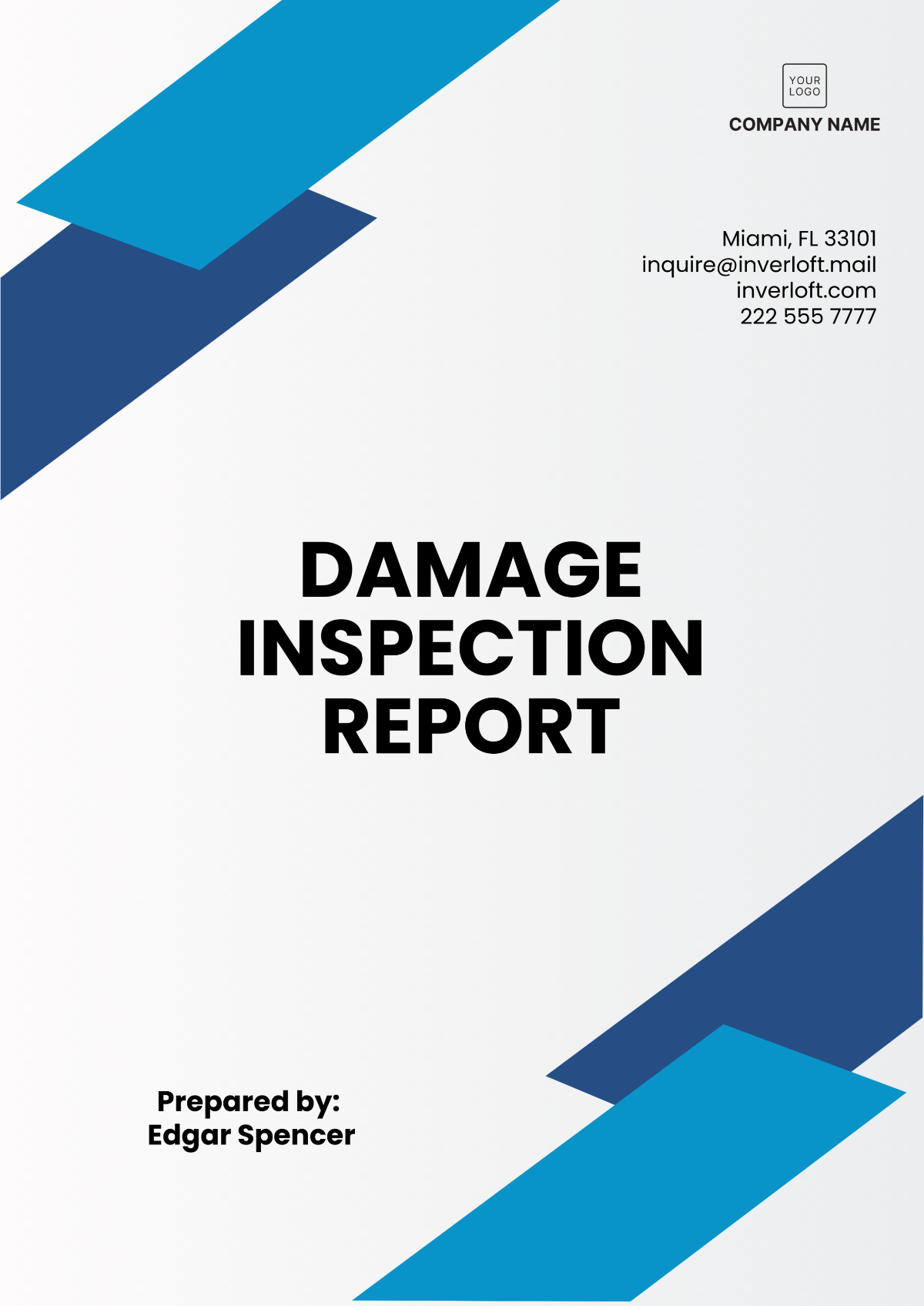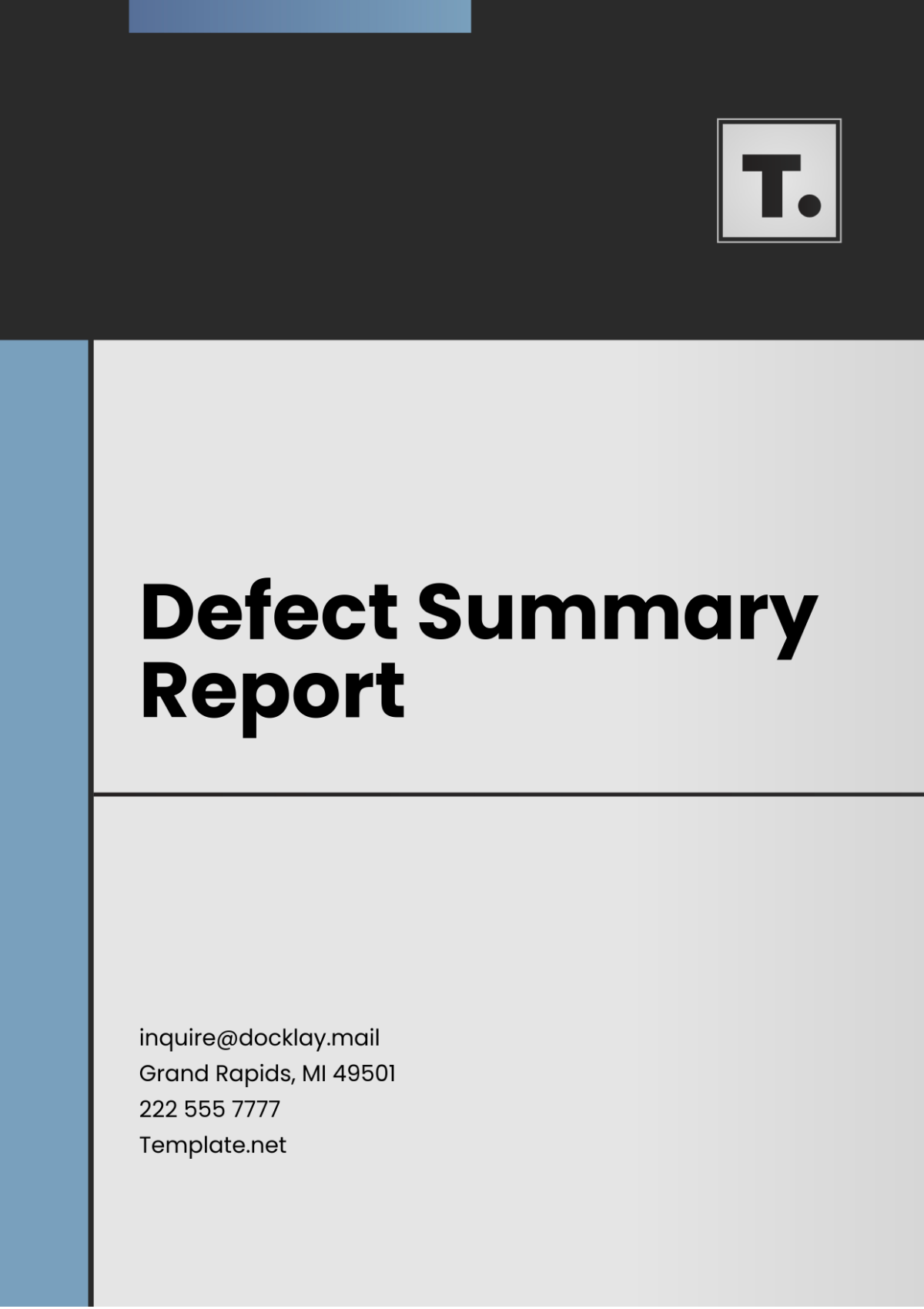INSPECTION REPORT
I. Overview
Date of Inspection: [Date]
Inspection Location: [Your Company Address]
Inspector Name: [Your Name]
Client Name: [Client]
This report provides a detailed summary of the inspection conducted to evaluate the condition, safety, and compliance of the specified premises. The findings and recommendations aim to ensure that [Your Company Name] adheres to the highest standards for maintaining a safe and functional environment.
II. Introduction
The purpose of this report is to document the results of the inspection performed on [Date] at [Your Company Address]. The primary goal was to assess the safety measures, structural integrity, electrical systems, and plumbing within the premises. This assessment also includes identifying areas of improvement and providing actionable recommendations to address any deficiencies.
This document is intended to assist the client, [Client], in understanding the current state of the property and prioritizing necessary repairs or enhancements. By following the provided recommendations, the property’s safety and compliance can be effectively improved.
III. Inspection Checklist
A. Safety
Fire Extinguishers: [Status]
Smoke Alarms: [Status]
Emergency Exits: [Status]
First Aid Kits: [Status]
B. Structural Integrity
Exterior Walls: [Condition]
Roof: [Condition]
Foundation: [Condition]
Windows and Doors: [Condition]
C. Electrical Systems
Main Panel: [Condition]
Wiring: [Condition]
Outlets: [Condition]
Lighting: [Condition]
D. Plumbing
Pipes: [Condition]
Fixtures: [Condition]
Water Heater: [Condition]
Drainage: [Condition]
IV. Observations and Findings
During the inspection, several observations were made regarding the condition and compliance of the property. Each area inspected is detailed below:
Area | Findings | Comments |
|---|---|---|
Safety Equipment | [Findings] | [Comments] |
Structural Components | [Findings] | [Comments] |
Electrical Systems | [Findings] | [Comments] |
Plumbing | [Findings] | [Comments] |
V. Recommendations
Based on the findings of this inspection, the following actions are recommended to address the areas of concern and to enhance the safety and integrity of the premises:
[Recommendation 1]
[Recommendation 2]
[Recommendation 3]
VI. Conclusion
The inspection of [Your Company Address] was conducted thoroughly, revealing key areas that require attention. Adherence to the recommendations provided will ensure that [Client] maintains a safe and compliant environment. For further inquiries or additional assistance, please contact at [Your Email] or [Your Company Number].
Signature
Inspector
Date: [Date SIgned]
